By Louise Irvine
The circus is literally in the blood of Fée Halsted, the founder of Ardmore. Her great-great-grandfather performed in Cooke’s Equestrian Circus as a clown, trapeze artist, and bare-back acrobat. Fée and her two daughters are champion equestriennes as well as talented Ardmore designers and the exhilarating magic of the circus can be seen in their art.
The First Ringmasters
The modern-day circus began in 1768 as an equestrian show presented in London by Philip Astley, a young cavalryman. His equestrian feats and bareback acrobatics were performed in a circular arena inside a wooden amphitheater. Riding in circles, generating centrifugal force, made it possible for riders to keep their balance while performing their tricks. By 1770, acrobats, ropedancers, and jugglers had been added to the show and eventually exotic animals were introduced. Zebras were trained for the ring by Andrew Ducrow, who later owned Astley’s and became the chief performer. However, zebras are prone to kicking and biting and they “entirely lost their spirit and vivacity in consequence, assuming the humbled bearing of the common donkey.” By the way, a cross between a donkey and a zebra is known as a Zonkey!
Cooke’s Royal Circus
Astleys Amphitheater was leased by William Cooke between 1853 and 1860 and Fée’s ancestors performed there. Cooke’s Royal Circus began as a traveling show in 1780 and traveled around Britain with their extended family specializing in equestrian acts, acrobatics, strongmen, and contortionists. In 1836, the Royal Circus visited America with 130 performers, including 40 from the Cooke family, 42 horses, and 14 ponies. Alfred, Fée’s great-great-grandfather, was a popular flying trapeze artist and clown, who cavorted on the back of a galloping horse. Later in the century, the Cooke family circus visited South Africa, and young Pauline Cooke’s riding performance captivated Fee’s grandfather Major Charles Halsted in 1894. Fée has inherited the family genes including their daring and love of horses, travel, and color.
Barnum & Bailey
The circus first came to America in 1793 when John Bill Rickets, a Scottish trick rider performed in a wooden, open-air ring in Philadelphia. Assisted by a clown, an acrobat, and a ropewalker, he dazzled George Washington and 800 spectators. Phineas T. Barnum joined the popular entertainment scene in 1841 when he purchased the American Museum in New York, an exhibit of bizarre figures, performing animals, and odd items. Thirty years later, he formed the first traveling circus, which was known as P.T. Barnum’s Grand Traveling Museum. In partnership with Coup and Catello, Barnum traveled across the US by train, introducing freak shows along with three-ring circus performances to the American public. After Barnum’s death in 1891, his circus merged with that of ringmaster James Anthony Bailey. From 1897 to 1902, Barnum & Bailey’s “Greatest Show on Earth” toured Europe with a variety of circus animal performances including horses that leapt through rings of fire and a mountain man who frolicked with grizzly bears.
The Lion King
The American animal trainer Isaac Van Amburgh was the first to introduce jungle acts to the circus. The original Lion King began as a cage cleaner at the NY Zoological Institute and became renowned for his daring acts, including putting his head in the jaws of a lion. His menagerie toured America and Europe, performing for Queen Victoria, and he became very wealthy, recognizing that “novelty plus publicity means money.” In his lion taming acts, Isaac Van Amburgh usually wore a Roman toga reminiscent of gladiators at the Circus Maximus and he is depicted in this garb as a Staffordshire pottery figure in the WMODA collection.
Jumbo
One of the first animal performers to cause an international sensation was Jumbo, a six-ton African elephant that was purchased by P.T. Barnum for £2,000 in 1882. Jumbo had been a great favorite at London zoo where he gave rides to visitors. The sale was met with public protests and 100,000 school children wrote to Queen Victoria begging her to stop the deal. London Zoo tried to renege on their side of the bargain, but Barnum refused to sell Jumbo back and the elephant earned enough to recoup his investment in just three weeks on exhibition in New York’s Madison Square Garden. Jumbo died just three years later after being hit by a train. In tribute, George Tinworth modeled Jumbo for the Doulton Lambeth Pottery and elephants were included on his iconic Menagerie Clock.
Great Circus Revival
In 1919 the Ringling Brothers took over the Barnum & Bailey show, and the circus was invited back to London’s Olympia for the following season. However, such a huge undertaking proved impossible so soon after the Great War, and Bertram Mills organized his first circus performance, which was acclaimed as the “Great Circus Revival”. Bertram Mills’ circus was the toast of London, entertaining the great and the good until it finally closed in 1967.
The greatest circus animal of the 20th century was Gargantua the Great, a 460-pound gorilla who was orphaned when he was a month old and lived with missionaries in Africa until he was purchased by a sea captain in 1931. His face was disfigured with nitric acid by a malicious sailor and he was nursed back to health although his mouth was permanently twisted into a fierce snarl. In 1937, he was purchased by the Ringling Bros. and Barnum & Bailey Circus, which was saved from imminent bankruptcy by his popularity. During the next ten years, millions stood in line to see the lowland gorilla.
Barnum’s sensational advertising campaigns also persuaded millions that mythical creatures existed starting with mermaids in the 19th century and unicorns in the 20th century. In 1984, four unicorns made their circus debut in front of mesmerized audiences and suspicious animal rights groups. Unicorn hysteria continued despite the revelation that the unicorns were angora goats with their horn buds manipulated at birth so that they fused into a single horn. Eventually, animal rights activists won the day and the Greatest Show on Earth had its last performance in 2017. You can learn more about the circus at WMODA as well as the Ringling Circus Museum in Sarasota.
Read more about menagerie shows.
Read more about unicorns
Read more about Barnum and mermaids
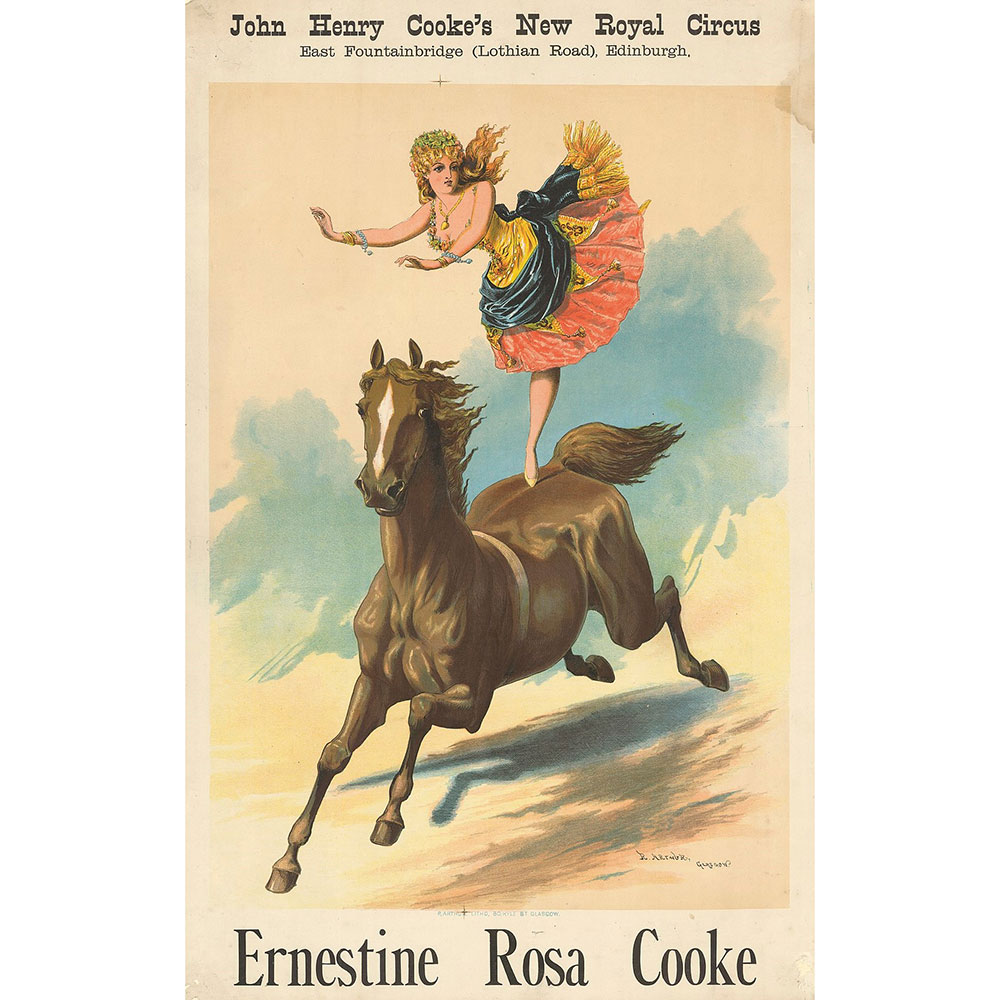
Cook's Circus Poster
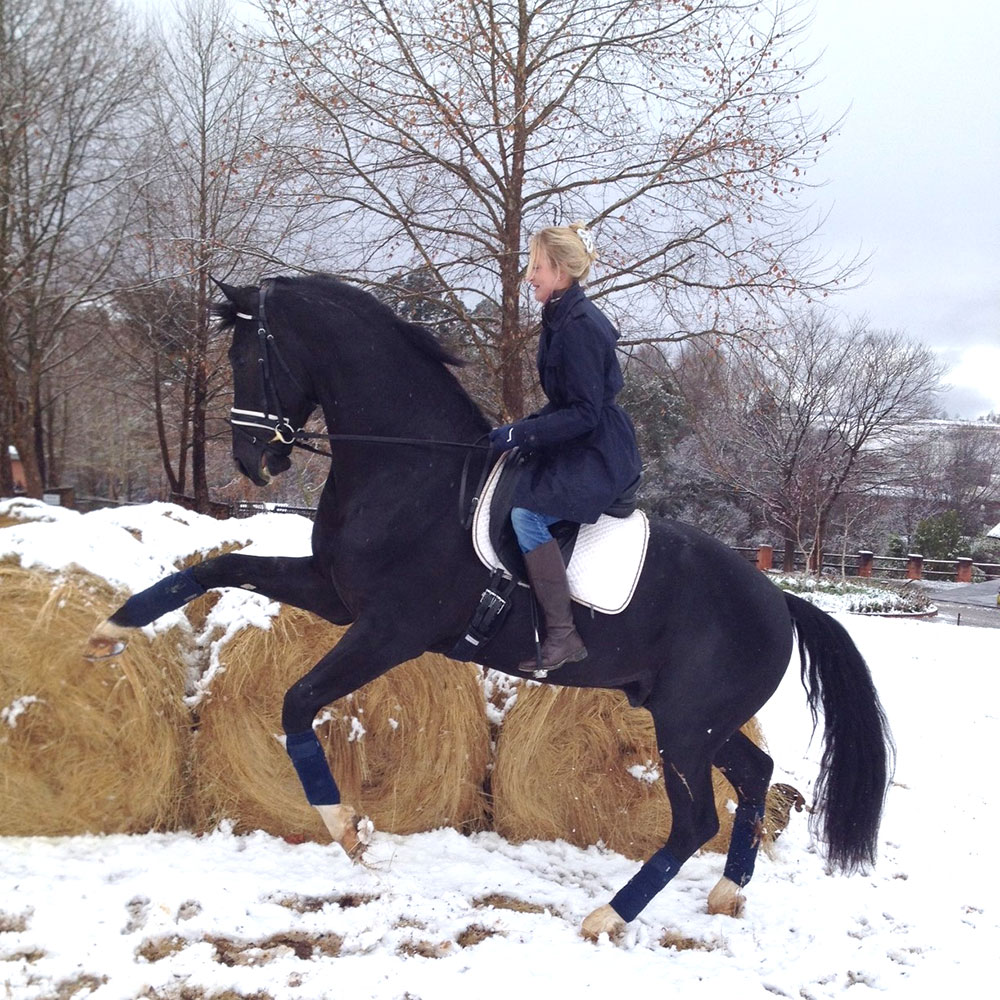
Catherine Berning on horseback during a rare snowfall at Ardmore
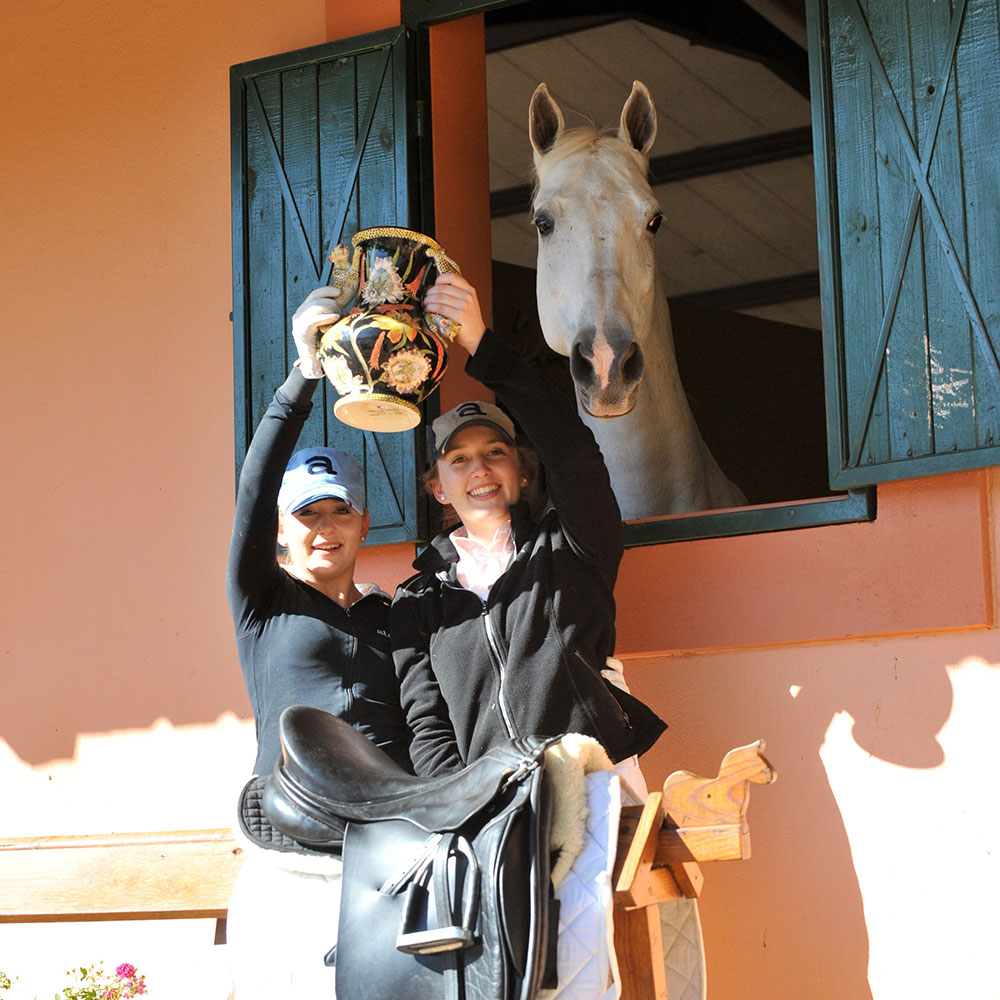
Catherine & Megan Berning with Livius
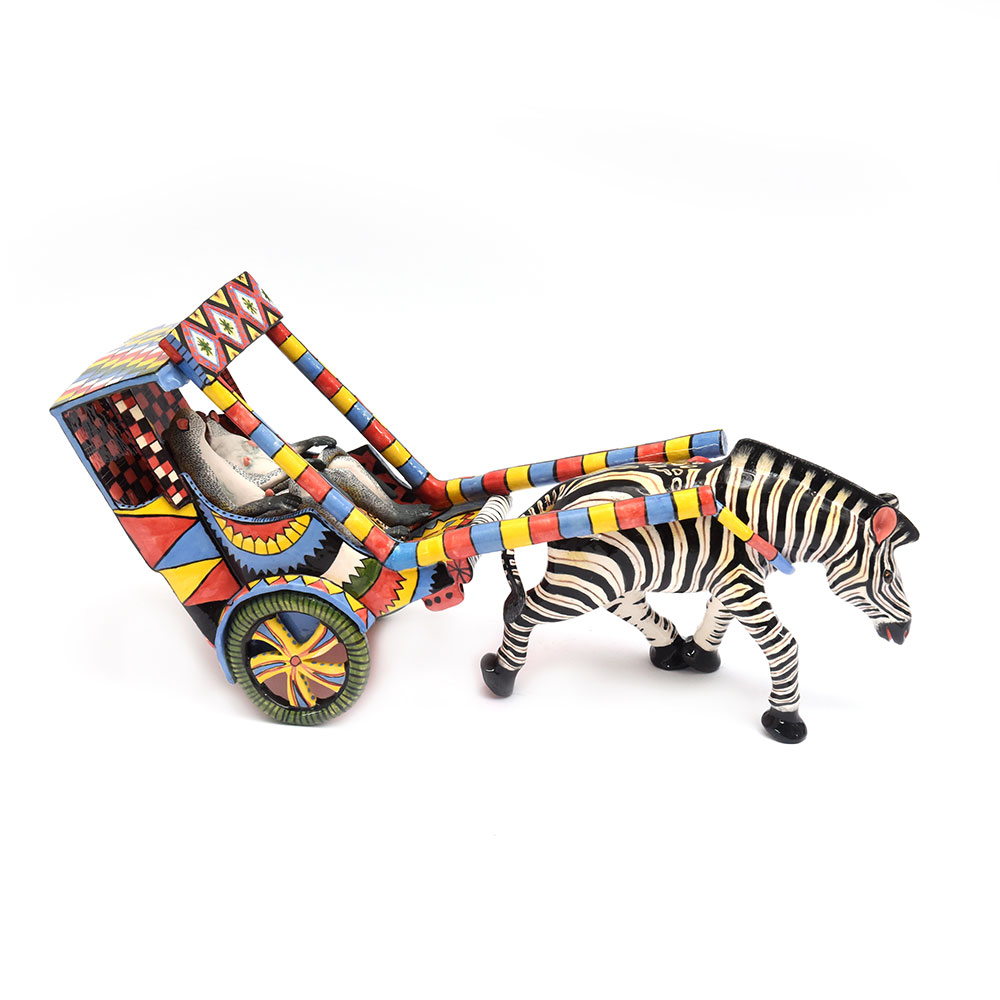
Ardmore Zebra Rickshaw
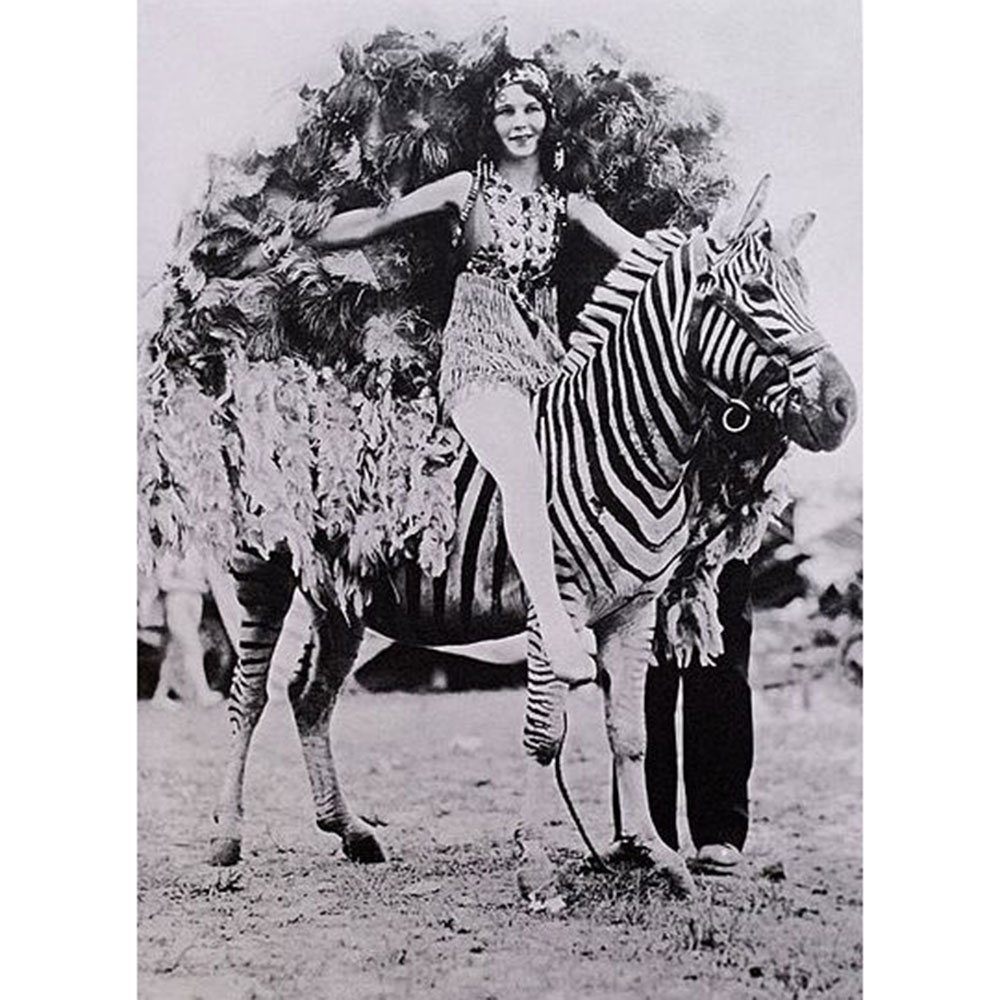
Zebra Circus
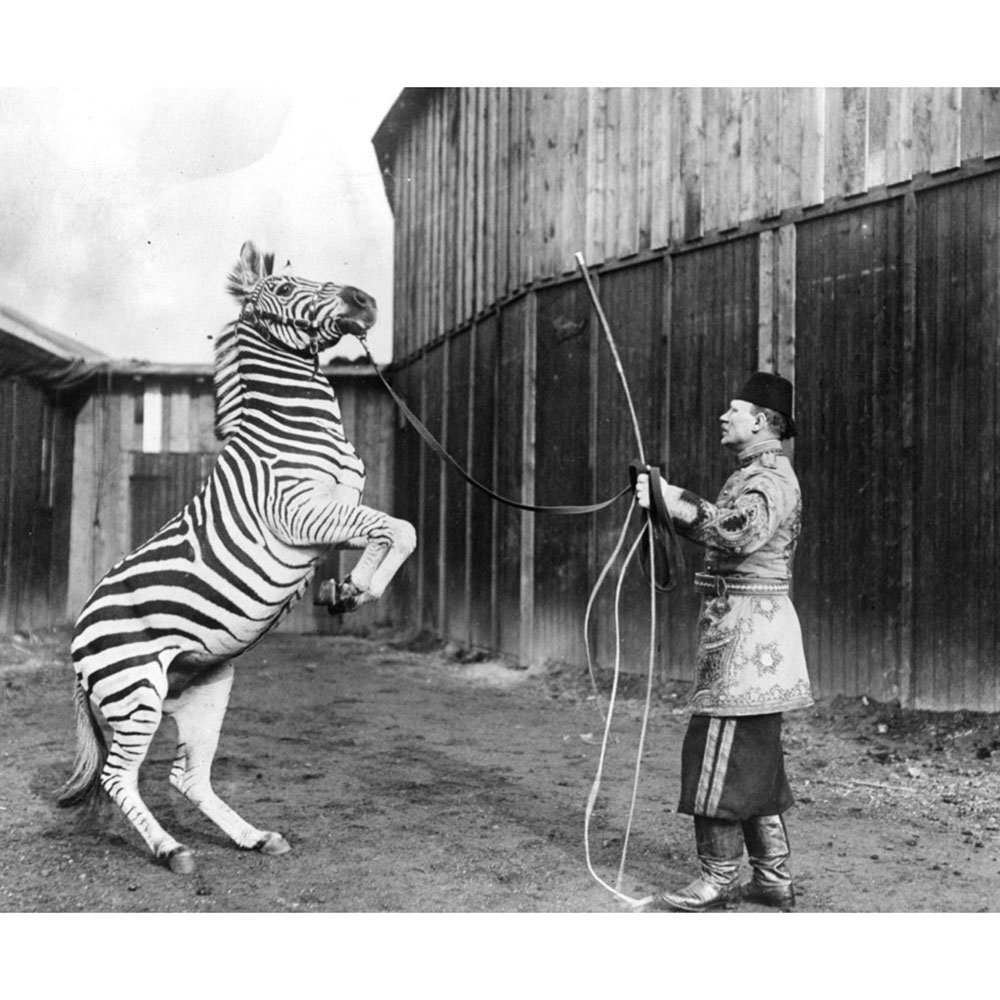
Zebra Training
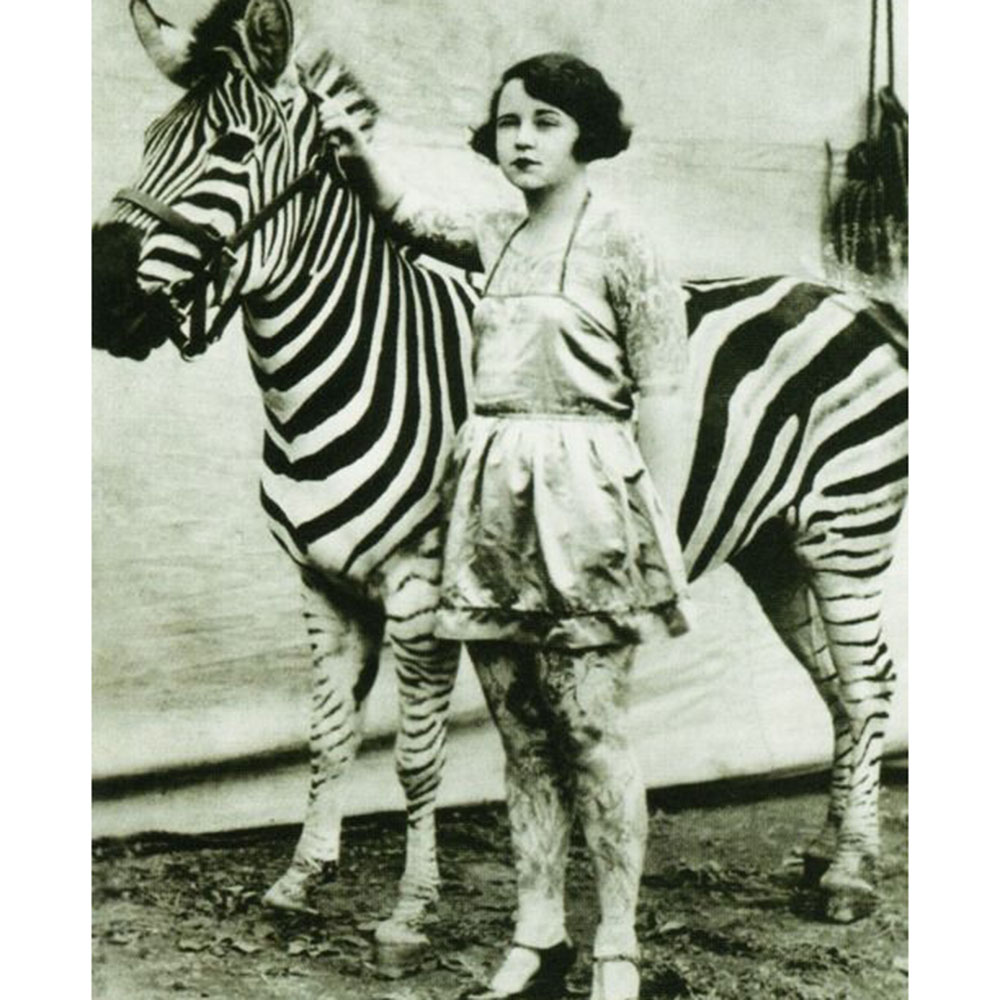
Tatoo Lady with Zebra

Staffordshire Zebras
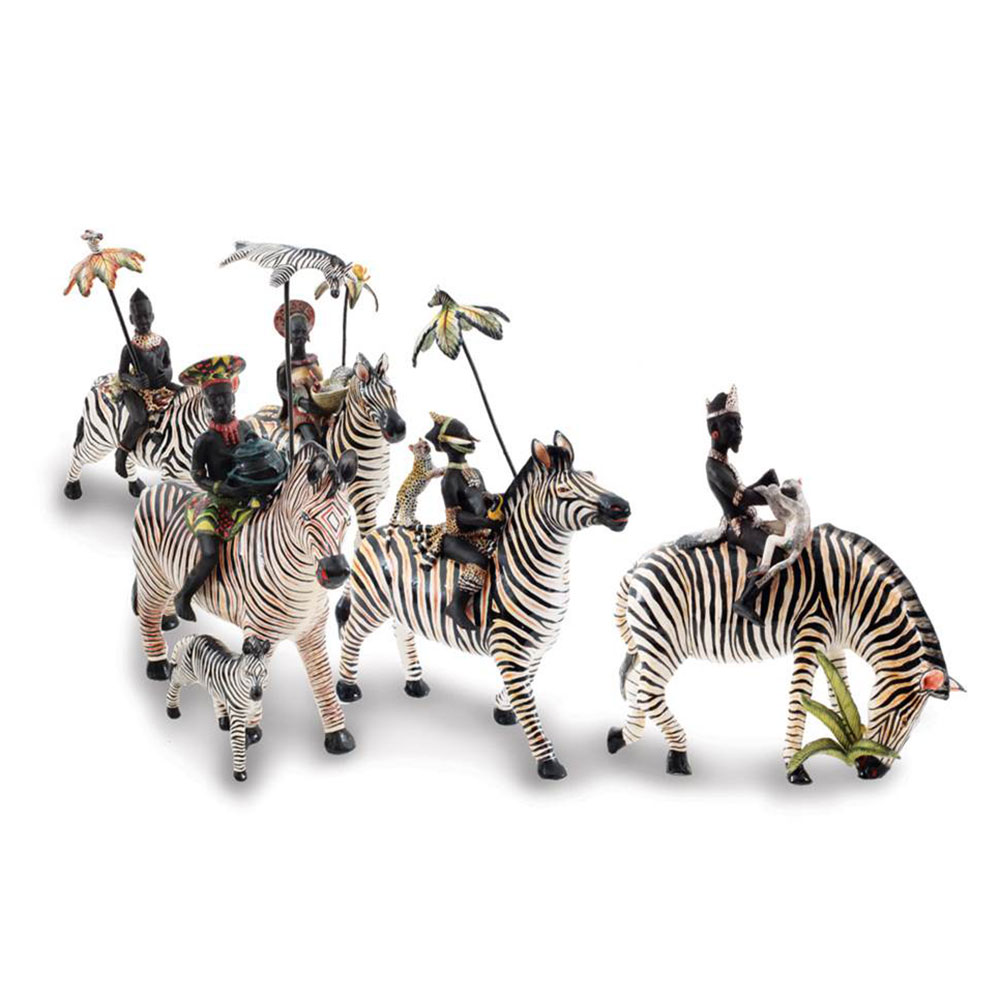
Ardmore Zebra Herd
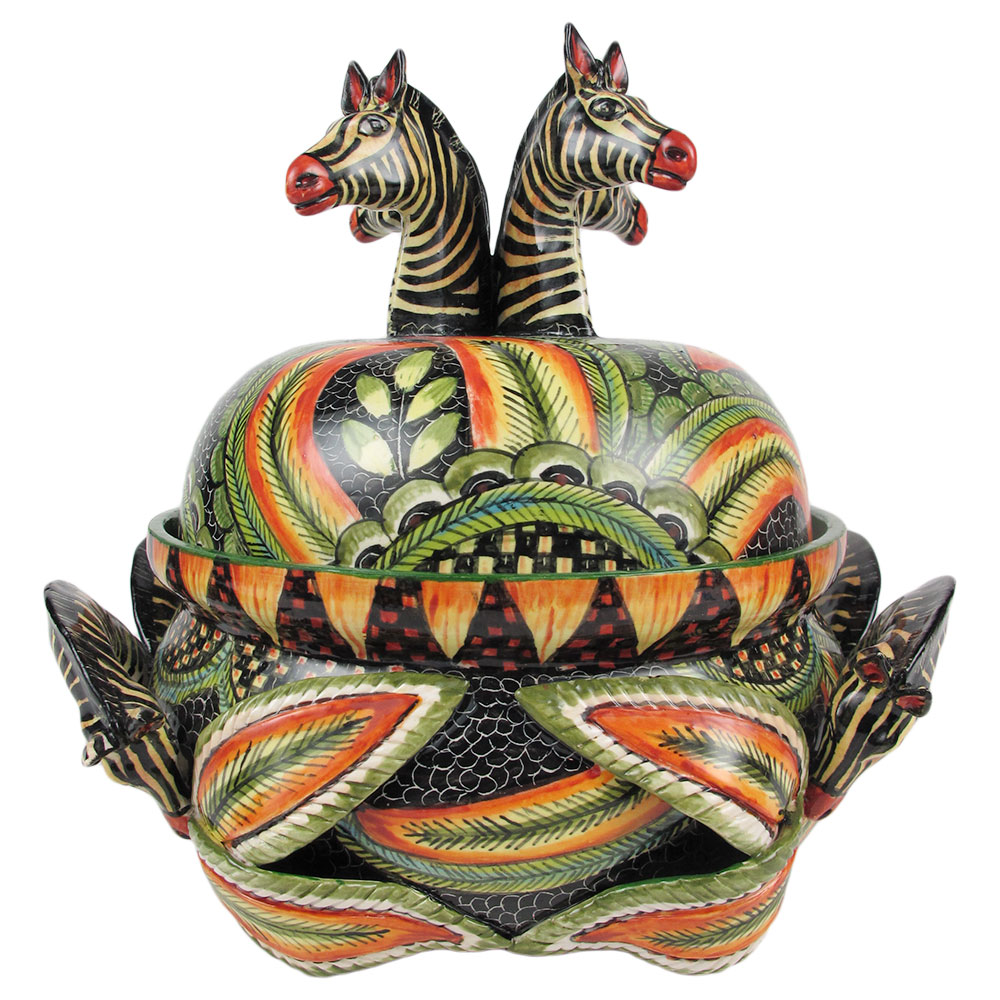
Ardmore Zebra Vase by Sabelo & Punch
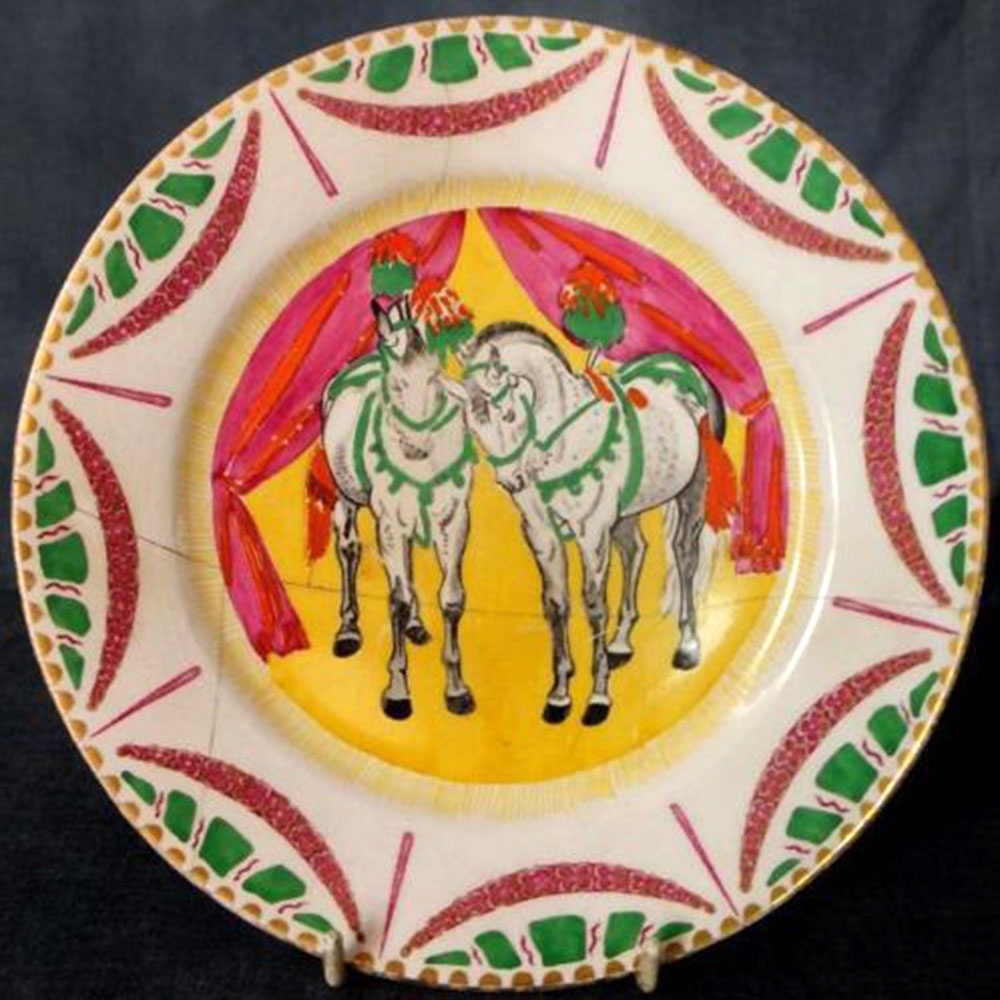
Rosinbacks by C. Cliff

Moorcroft Liberty Horses
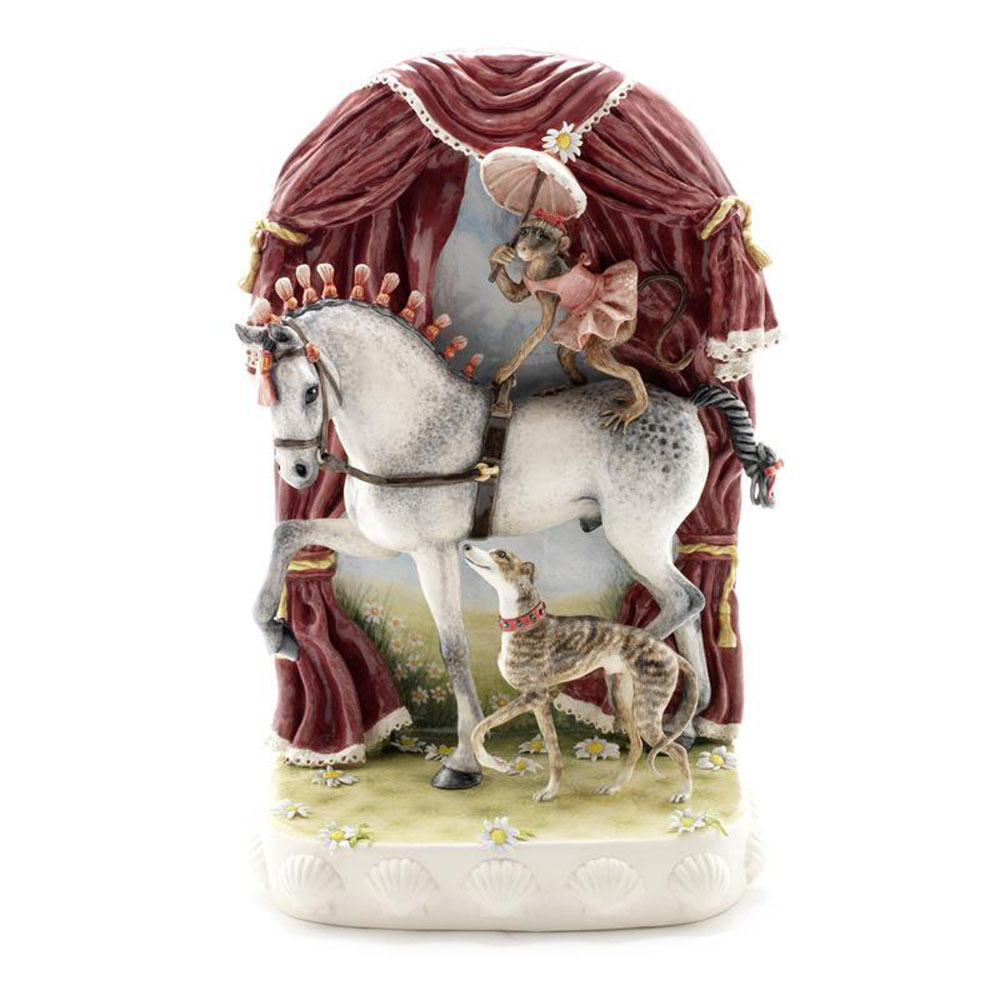
Circus by M. Coxon

Circus by C. Vyse
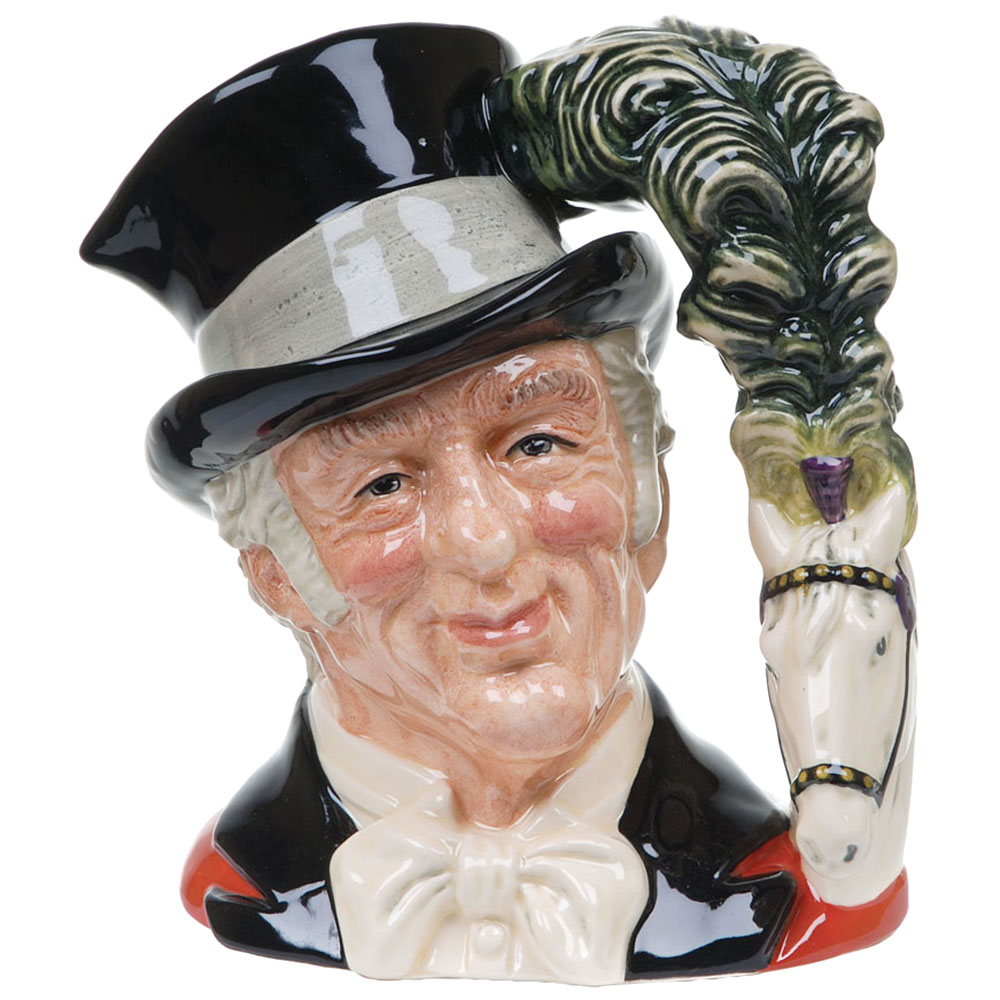
Royal Doulton Ringmaster
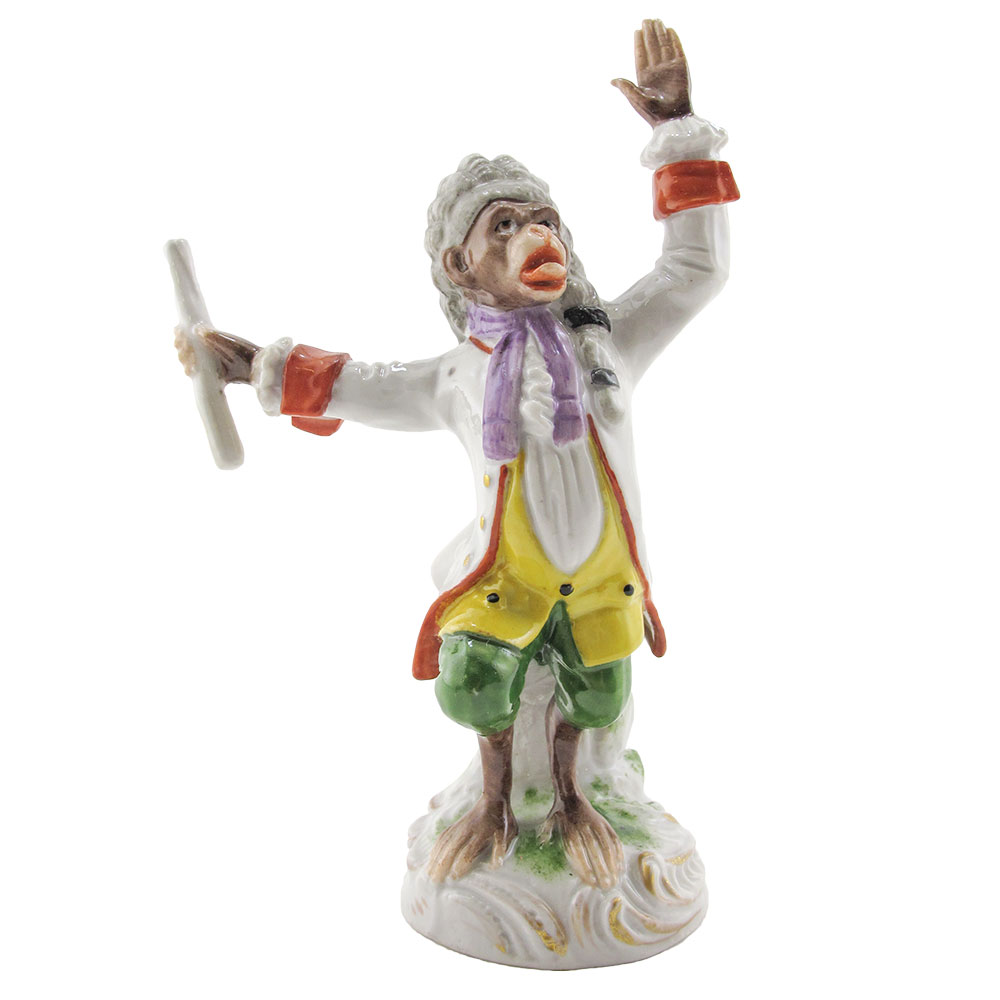
Meissen Monkey Conductor

Royal Doulton Circus Wardrobe Prototype by W.K. Harper
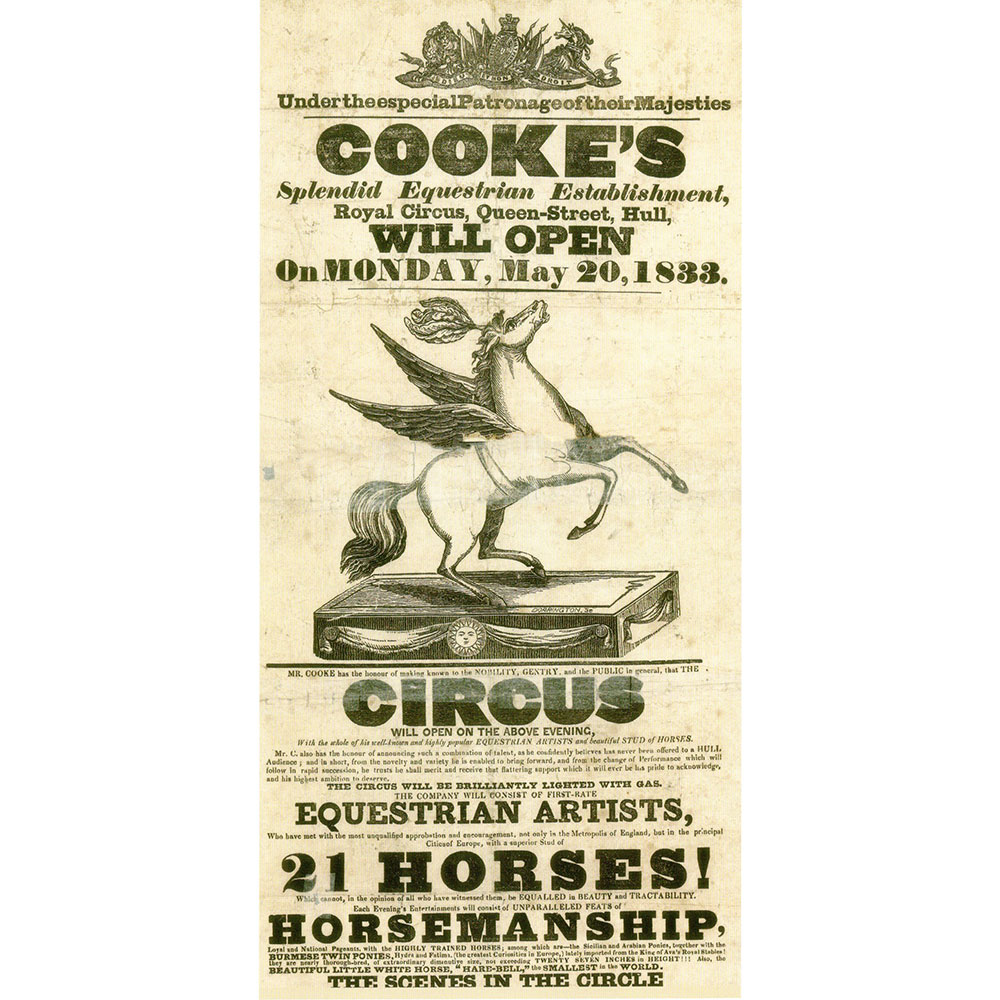
Cooke's Circus ad

P. T. Barnum

Barnum and Bailey Horse and Flame Poster
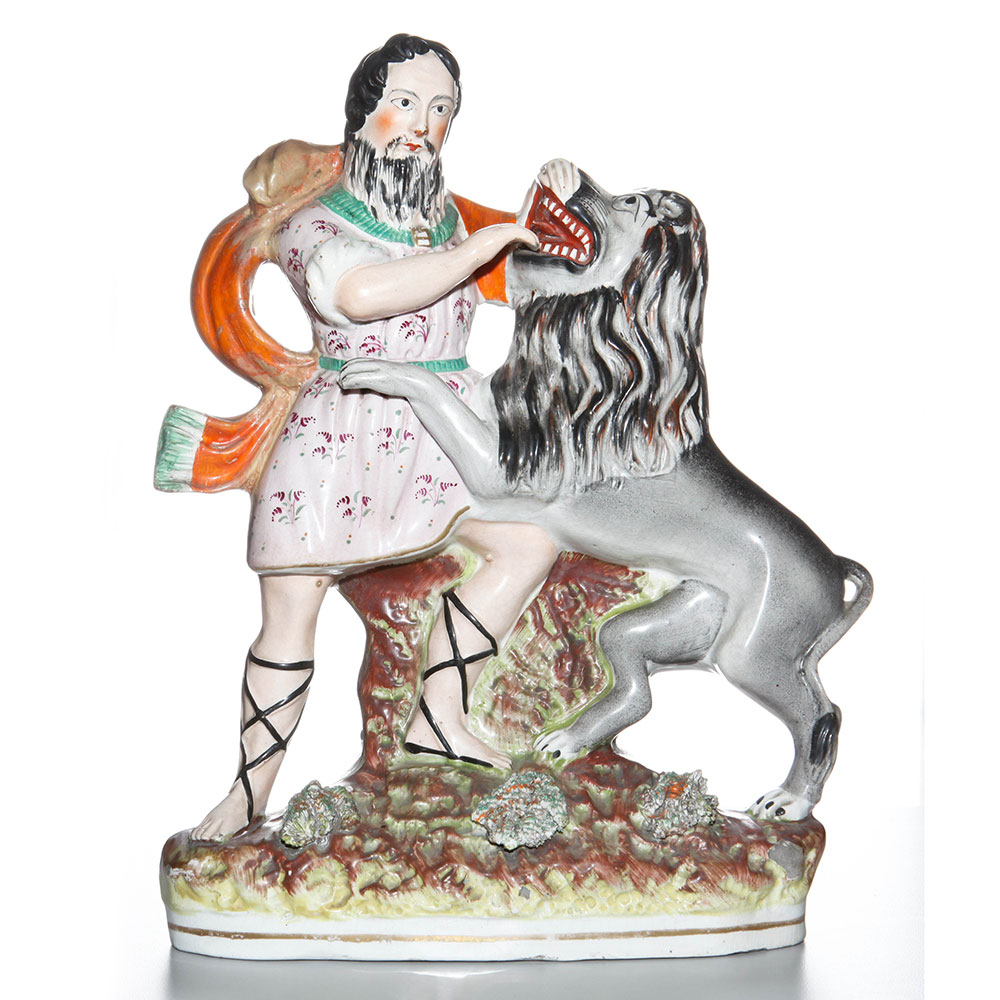
Staffordshire Isaac Van Amburgh
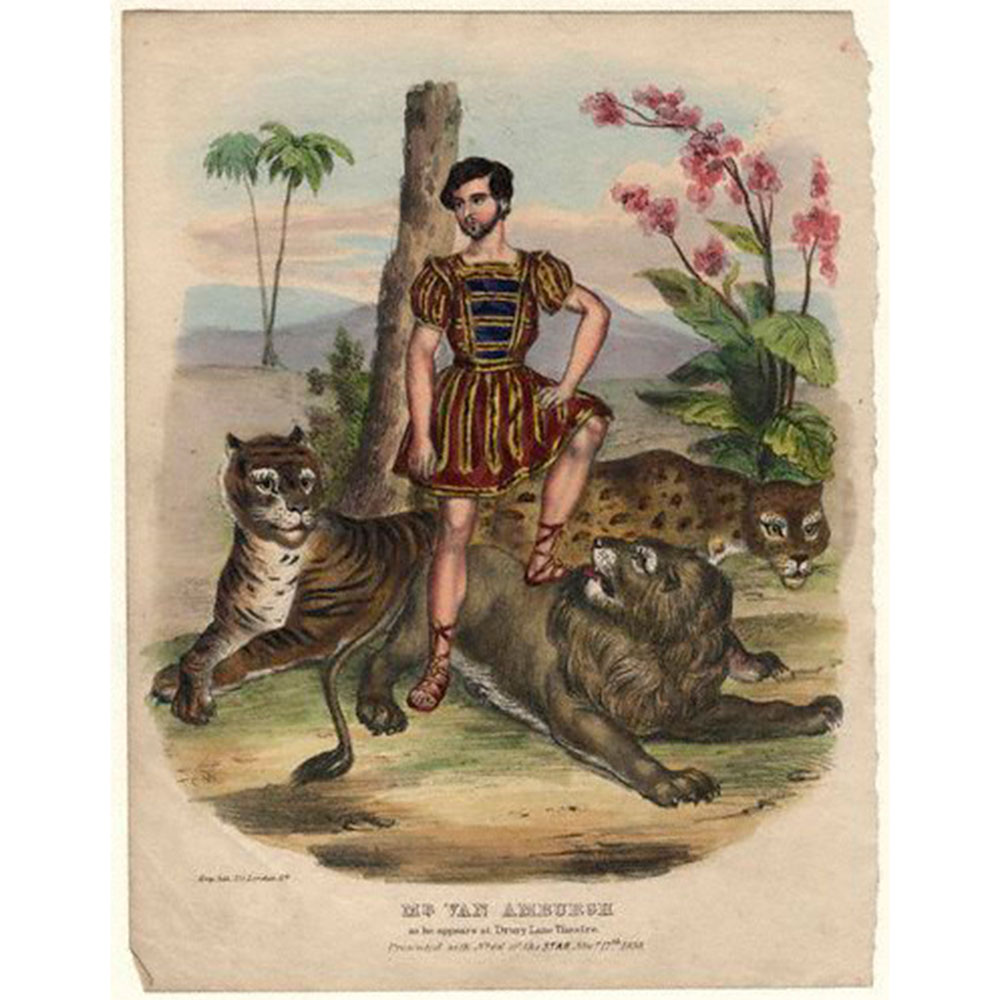
Isaac Van Amburgh

Ardmore Leopard Vase

Barnum with Jumbo

Barnum Jumbo Poster

Jumbo by G. Tinworth
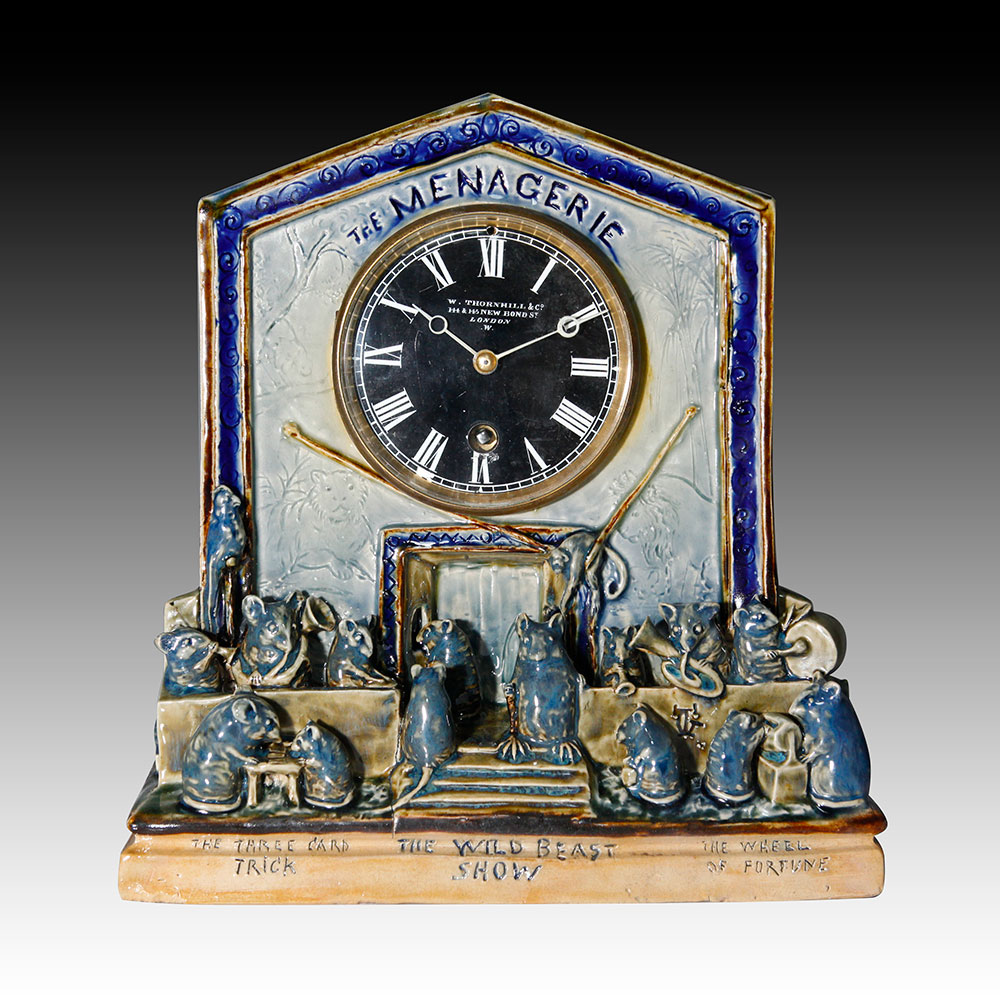
Menagerie Clock by G. Tinworth
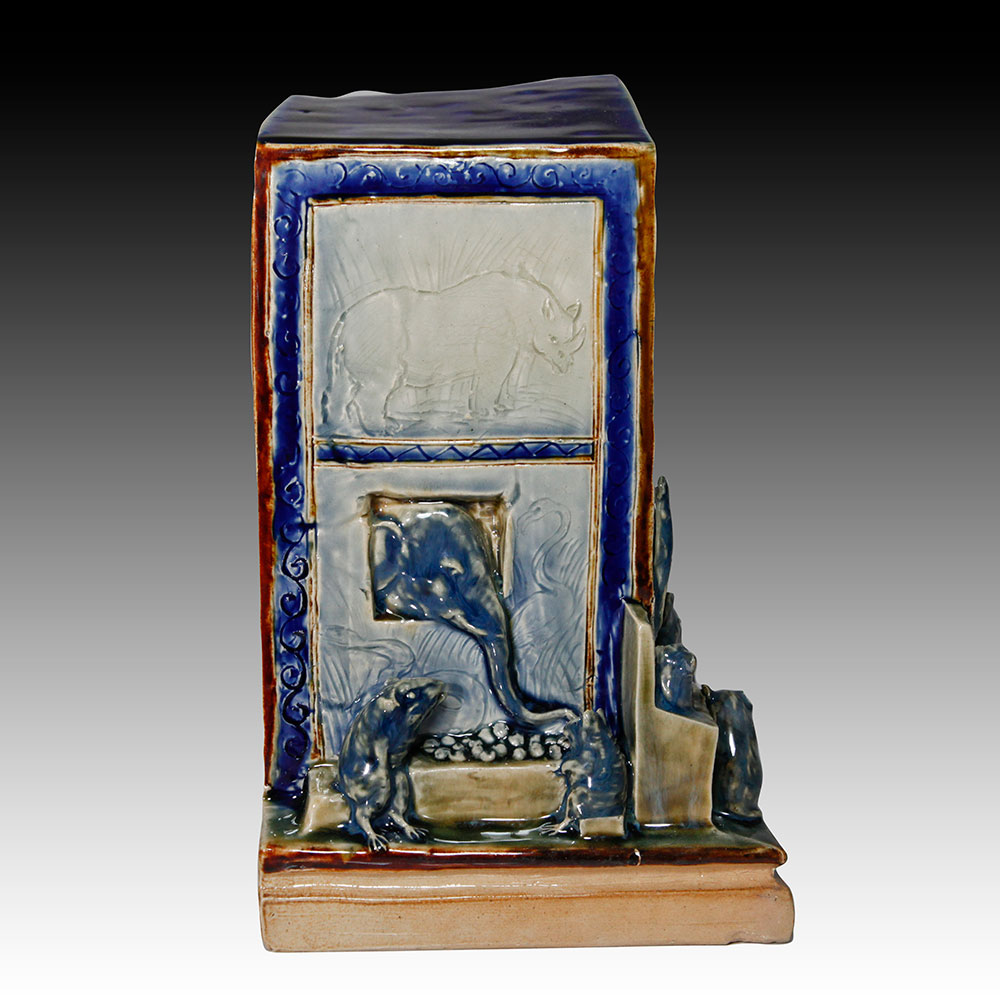
Menagerie Clock by G. Tinworth

Copeland Jumbo

Copeland Jumbo

Jumbo’s Arrival in London

Jumbo

Jumbo’s Removal from London

Jumbo's journey to the docks
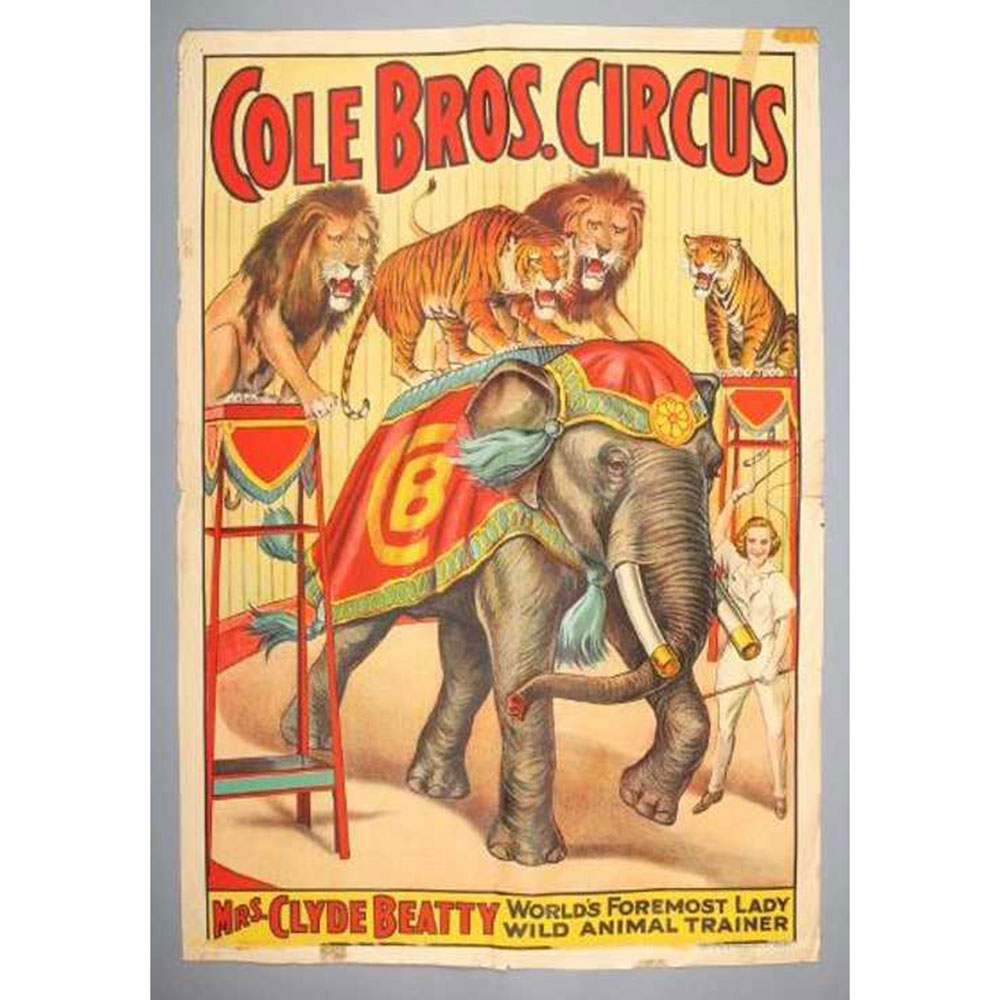
Cole Brothers Circus Poster
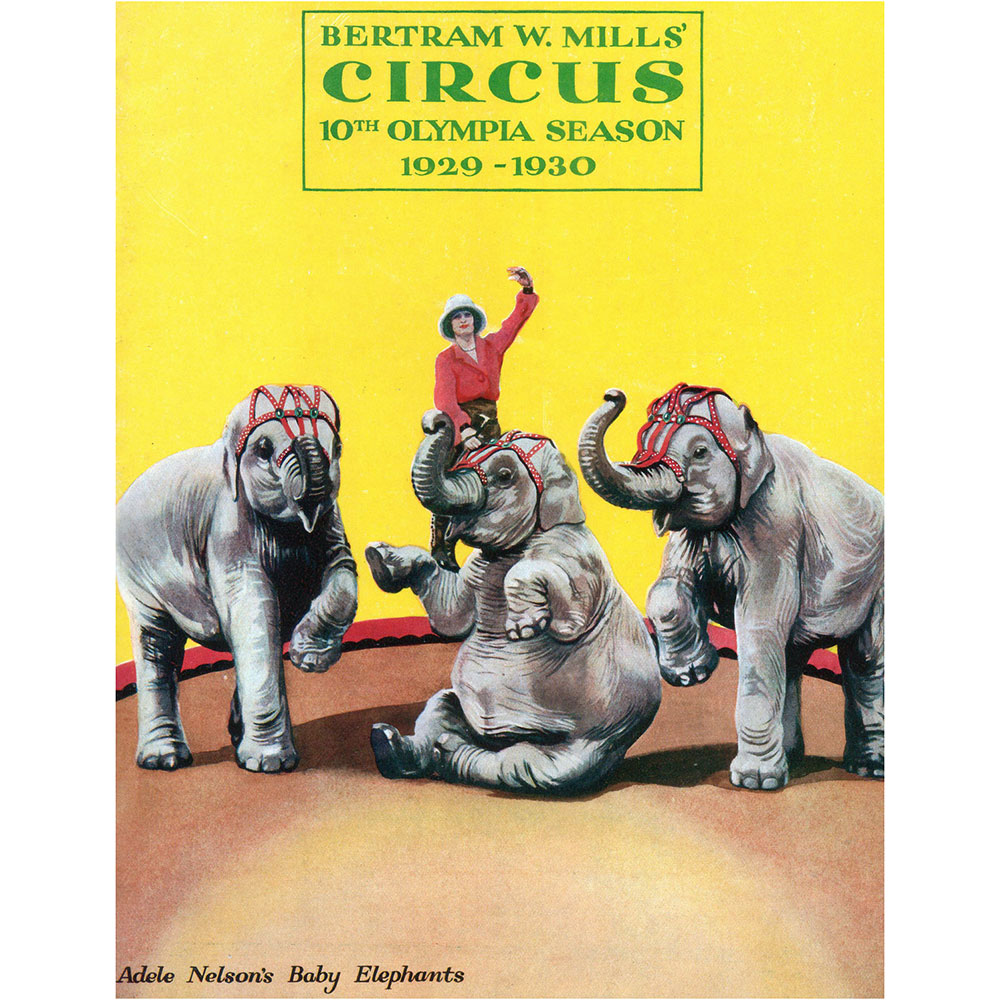
Bertram Mills Circus Poster
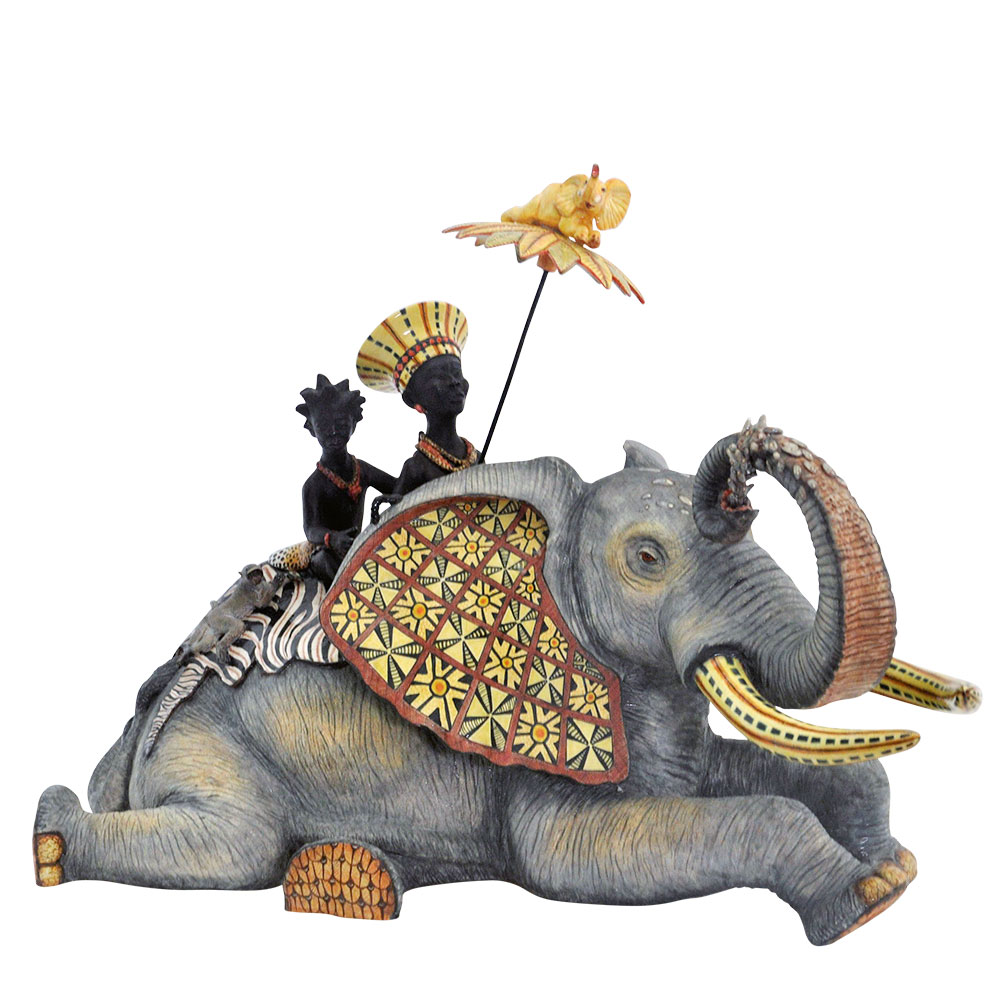
Ardmore Elephant Riders by Alex & Mickey

Ardmore Blue Elephant Vase
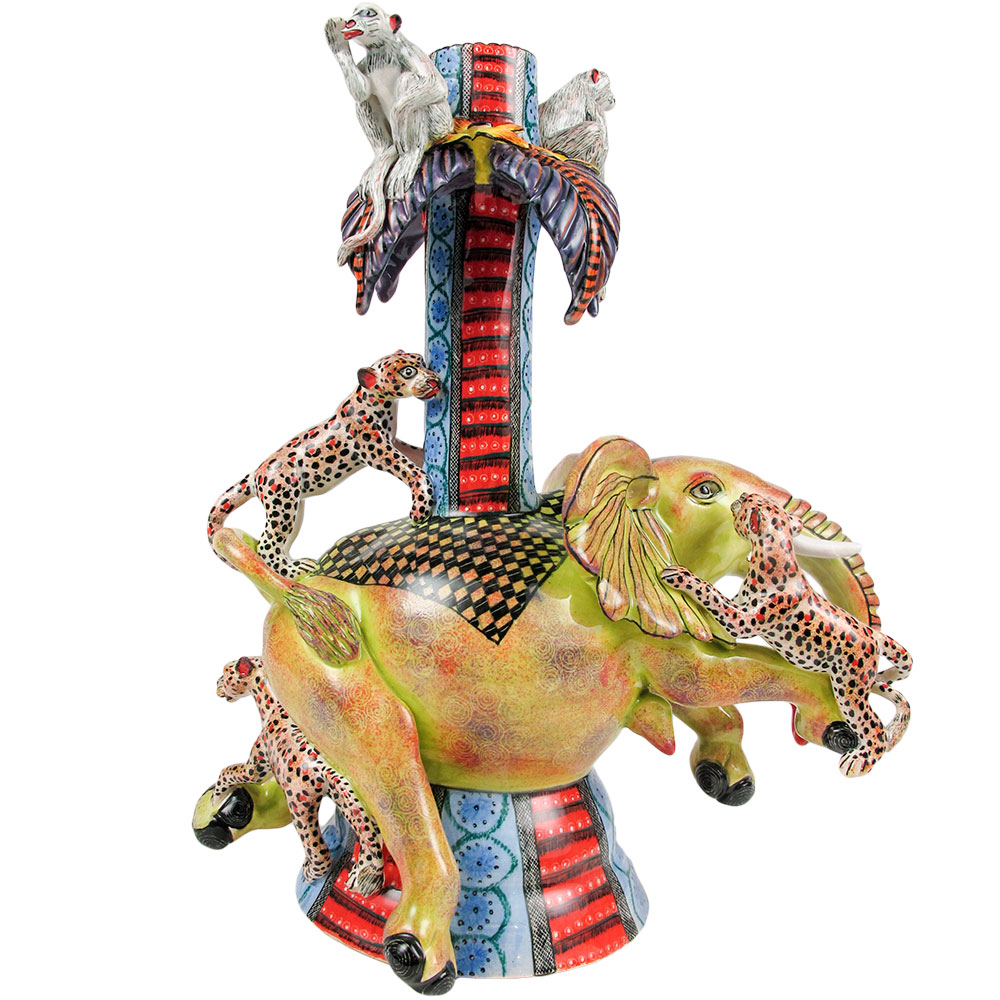
Ardmore Elephant Vase
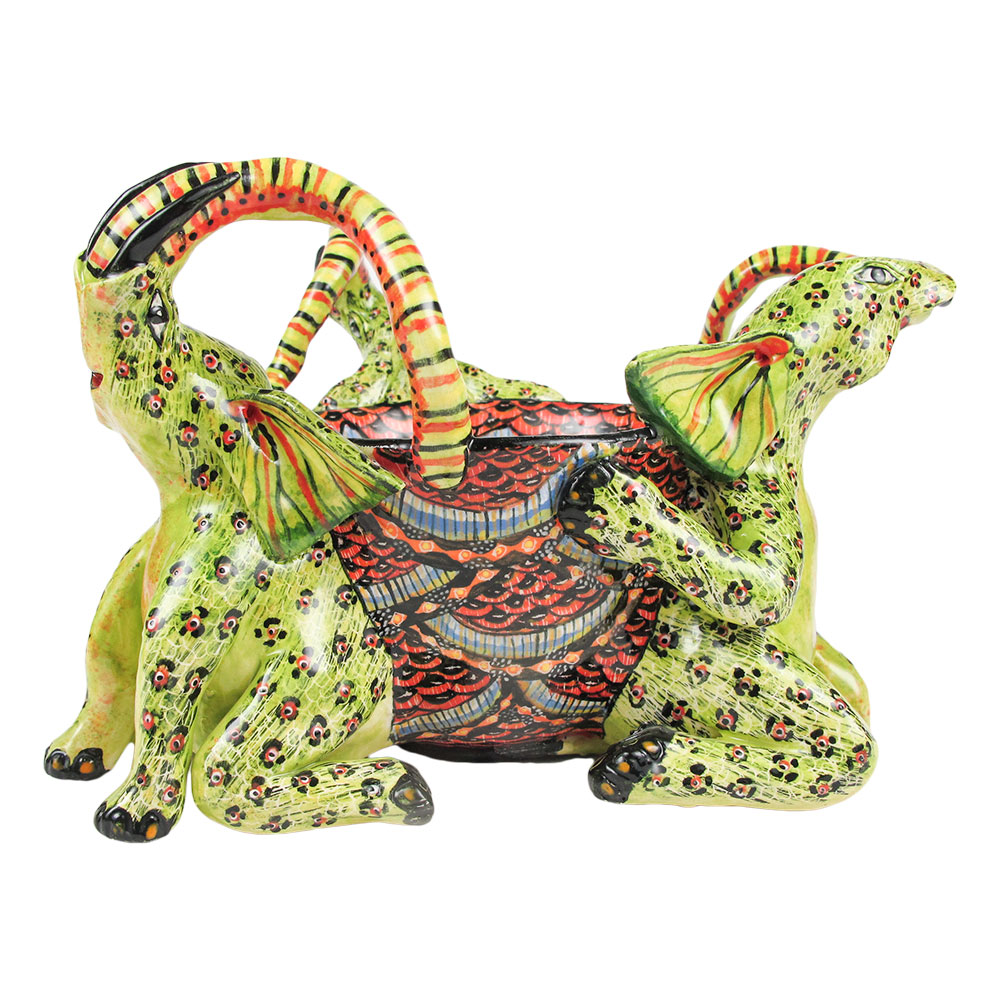
Ardmore Green Elephant Bowl
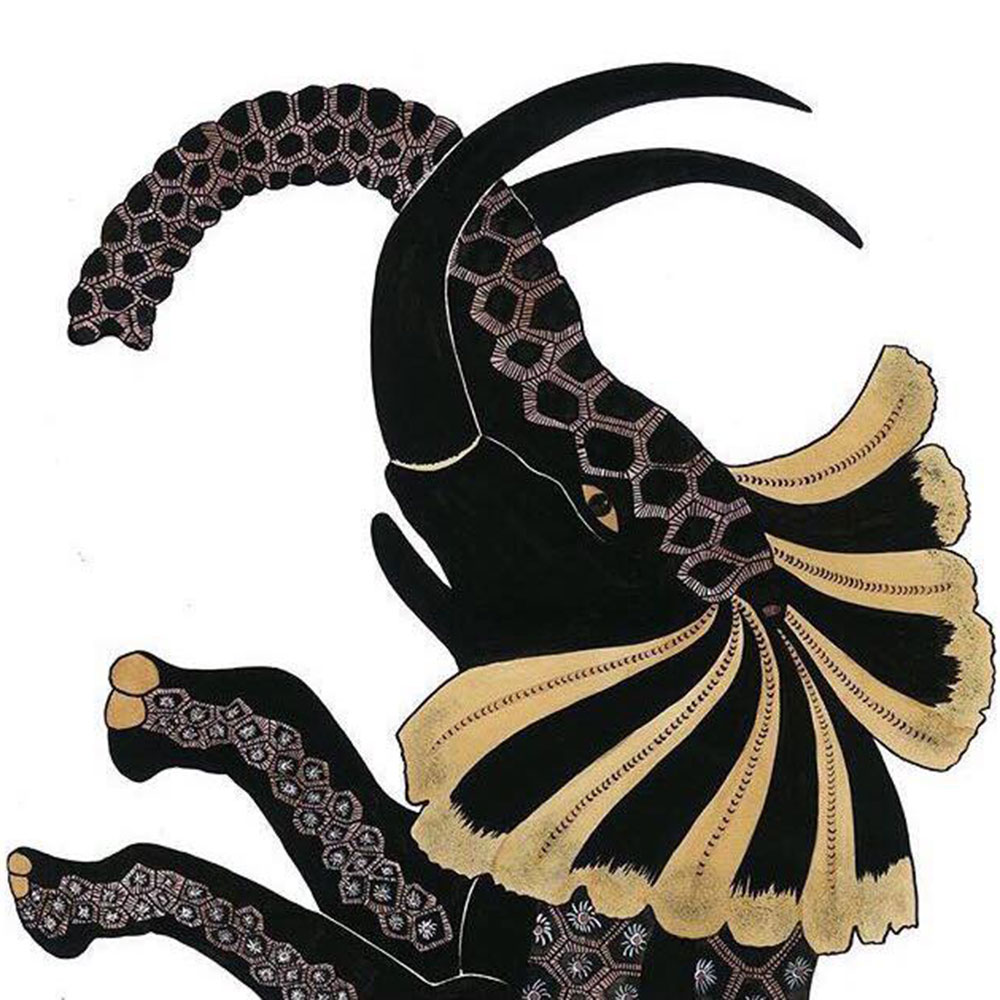
Ardmore Elephant Wallpaper detail

Ardmore Elephant Wallpaper
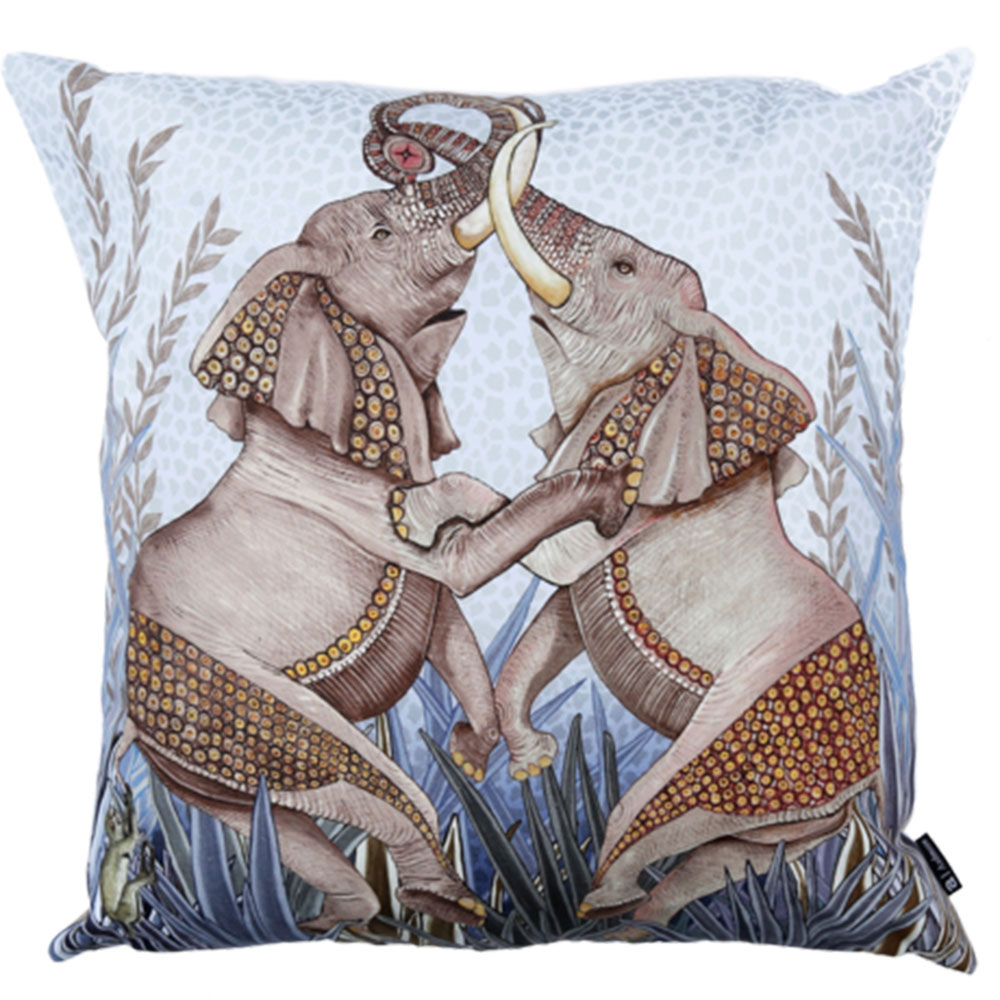
Ardmore Dancing Elephants Cushion
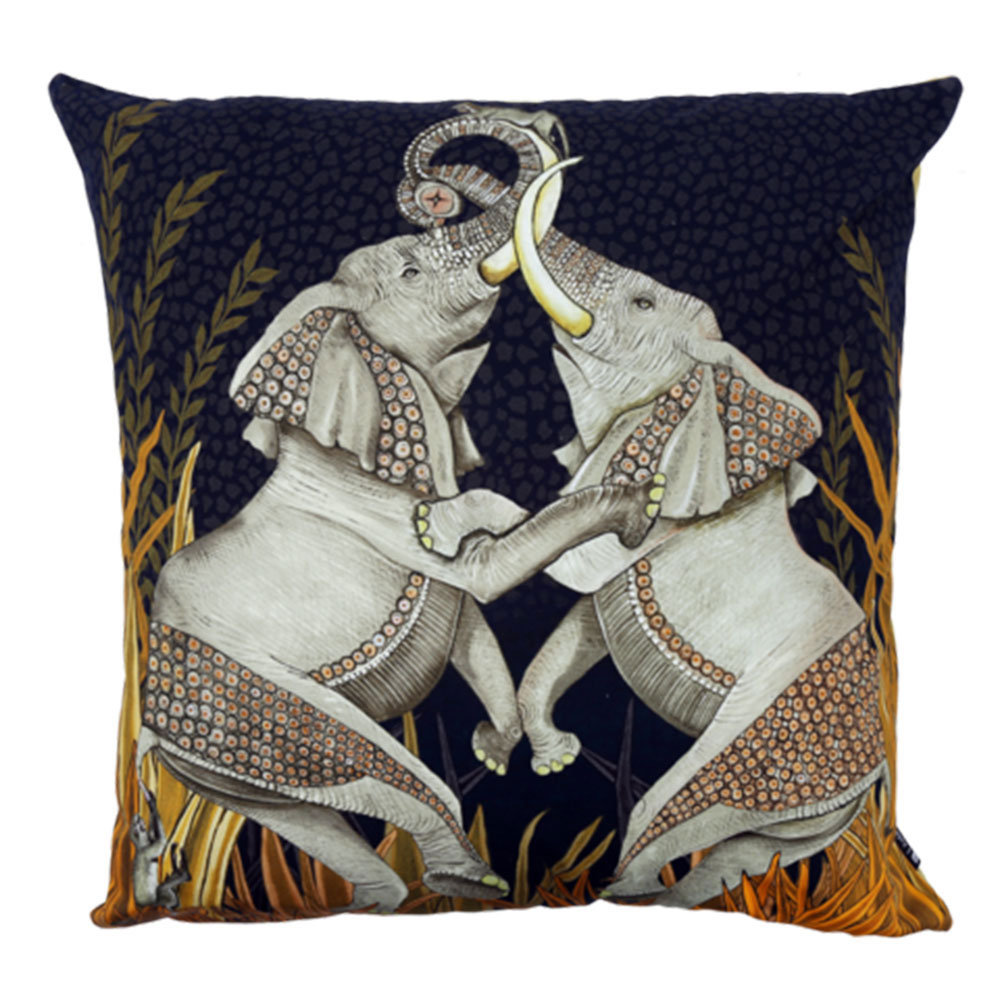
Ardmore Dancing Elephants Cushion
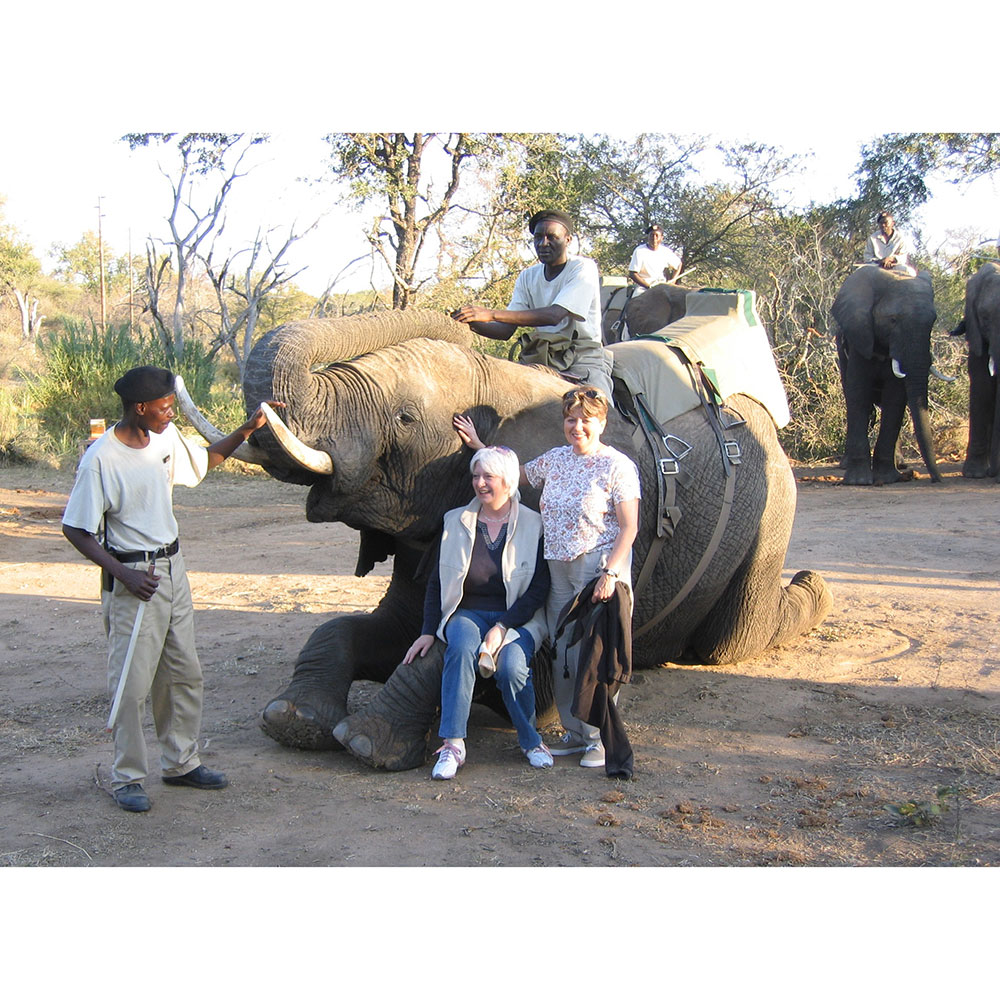
Louise and Doris Moore with an Elephant

Ardmore Dancing Elephants Tea Towel
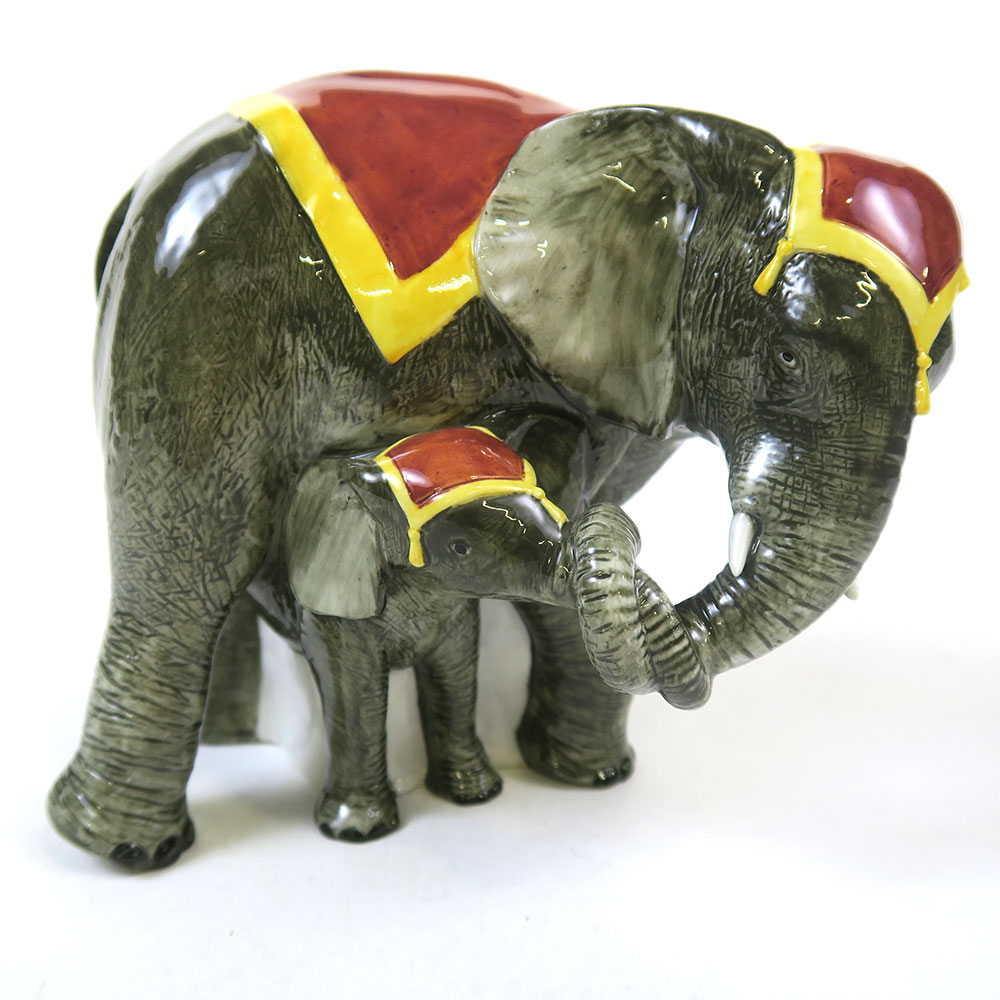
Royal Doulton Circus Elephants Prototype

Circus Elephants
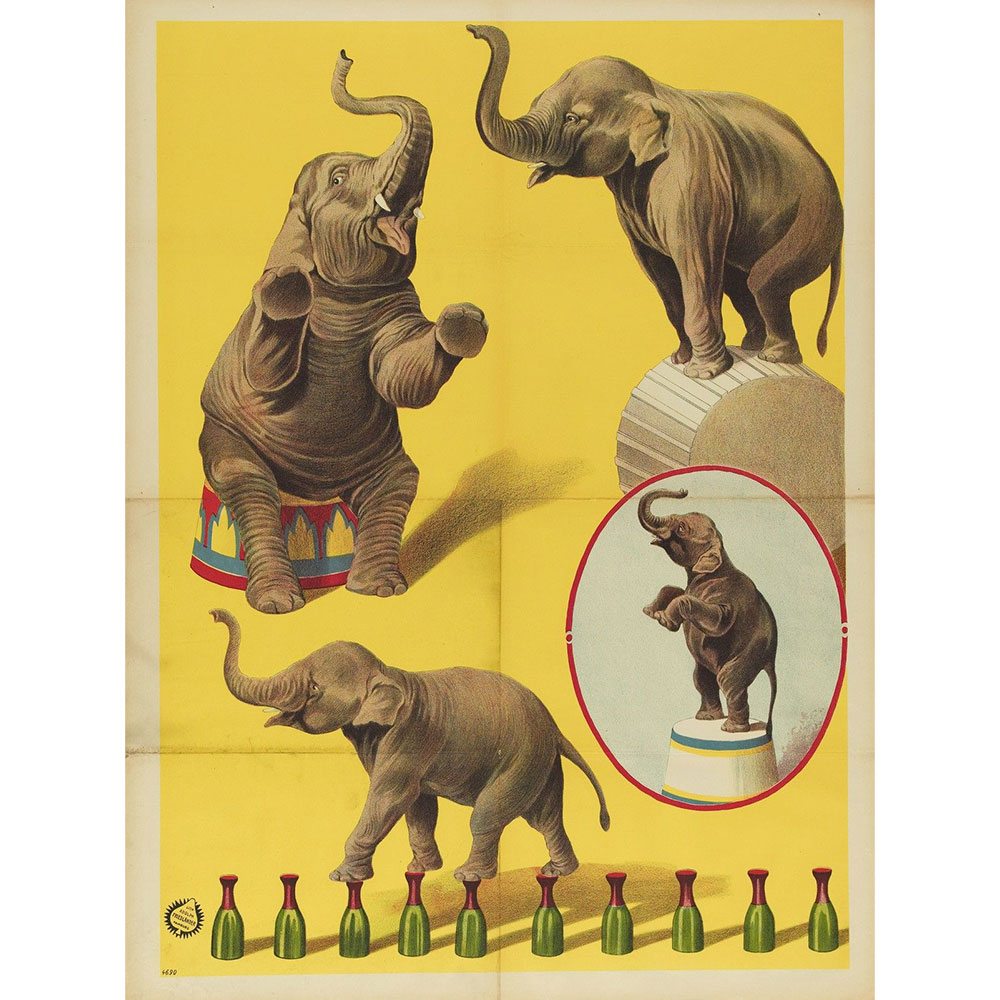
Circus Elephants
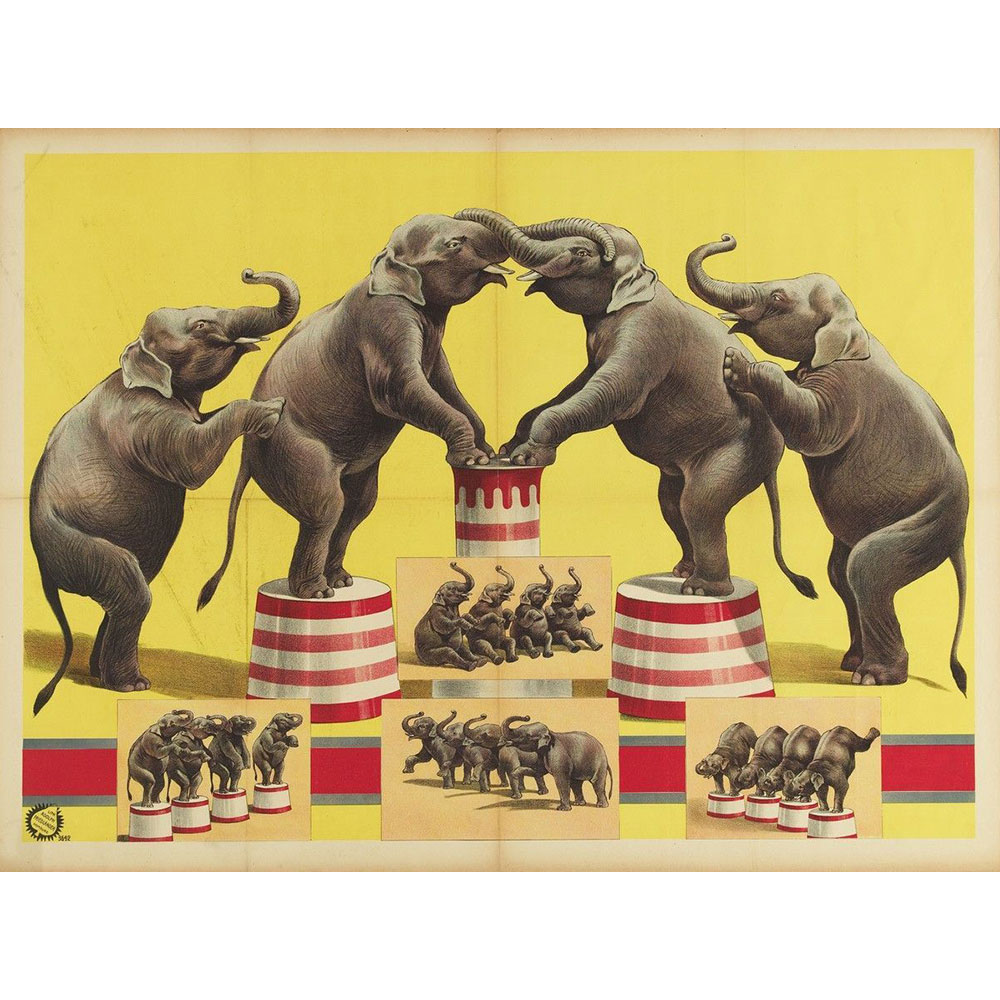
Circus Elephants
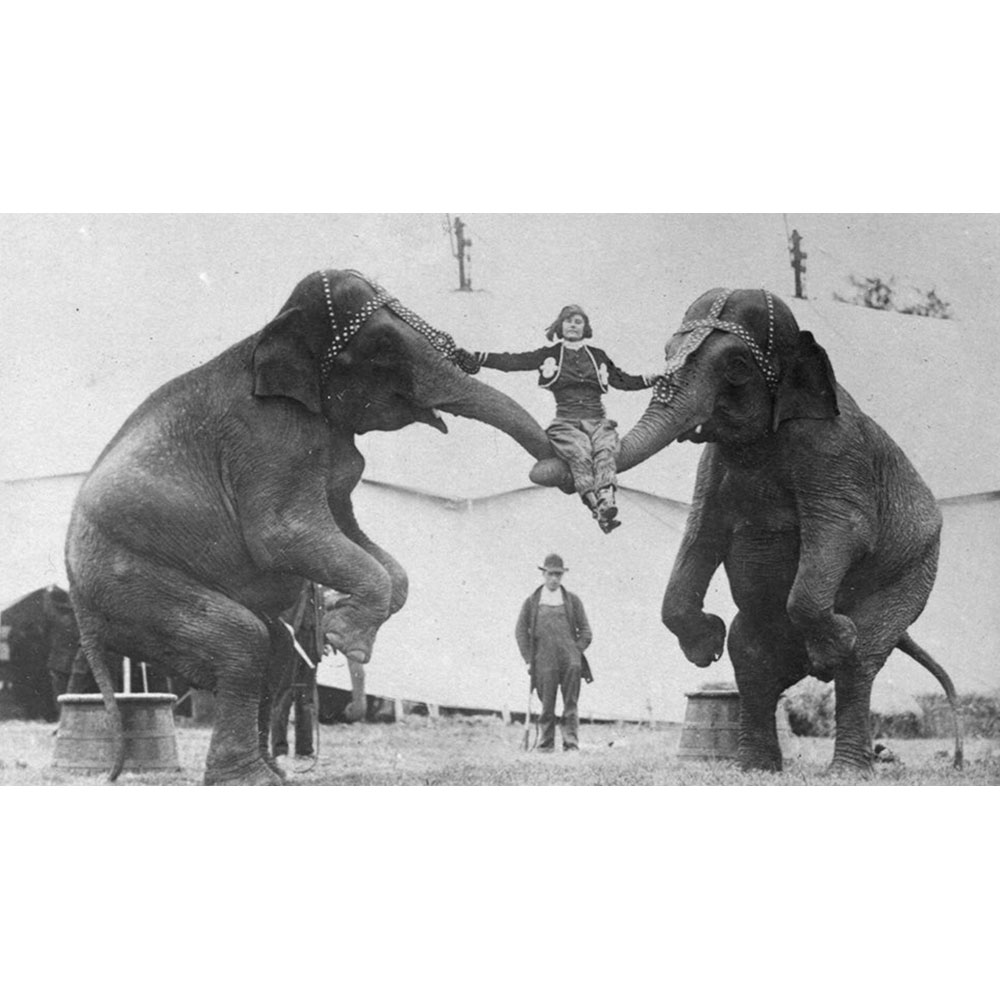
Circus Elephants

Circus Elephants
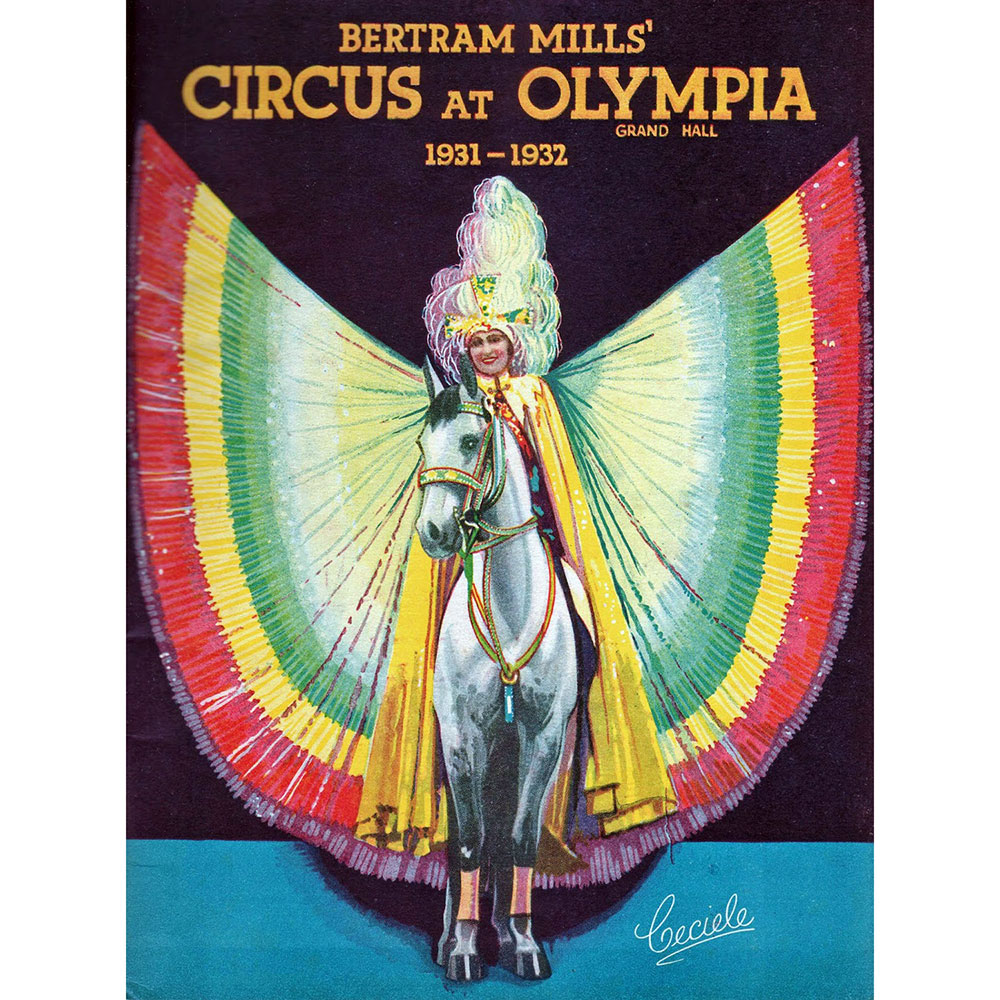
Bertram Mills Circus Poster 1932

Bertram Mills Circus Poster 1952
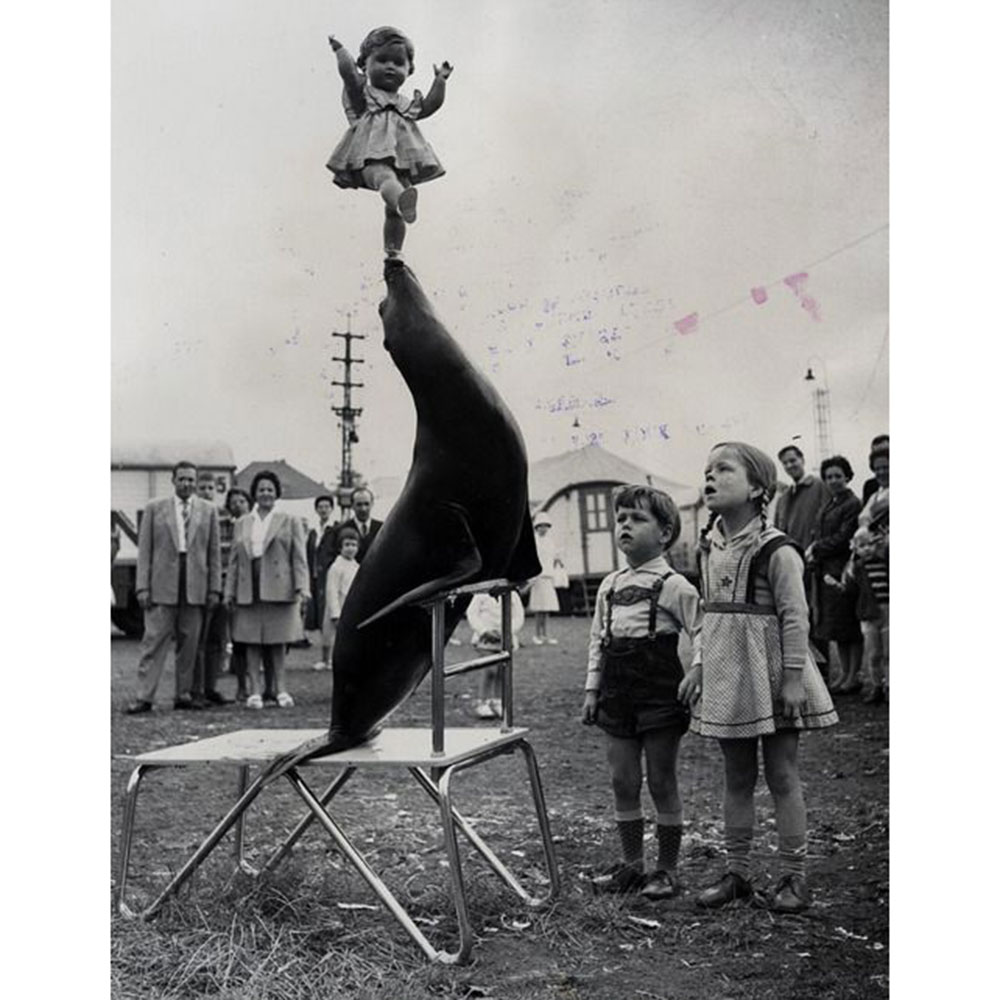
Circus 1933

Royal Doulton Partners

Rosenthal Seal
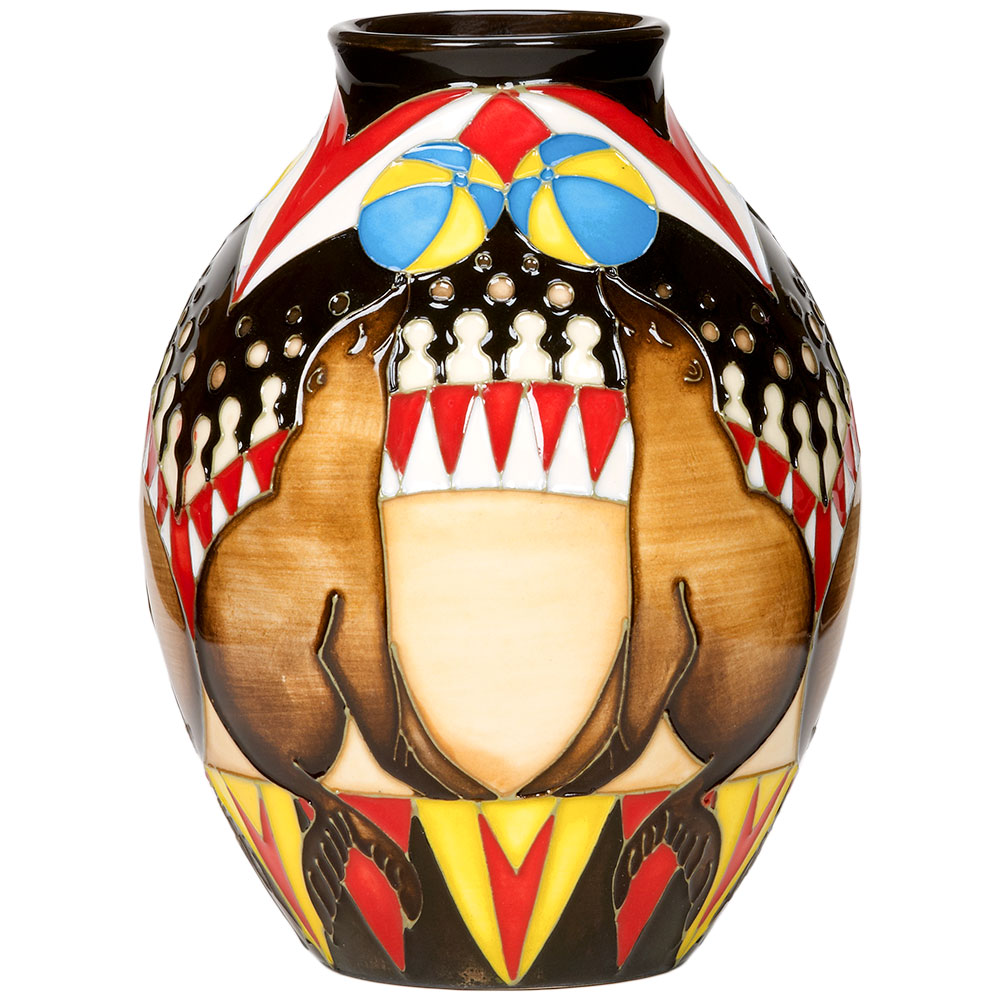
Moorcroft Performance
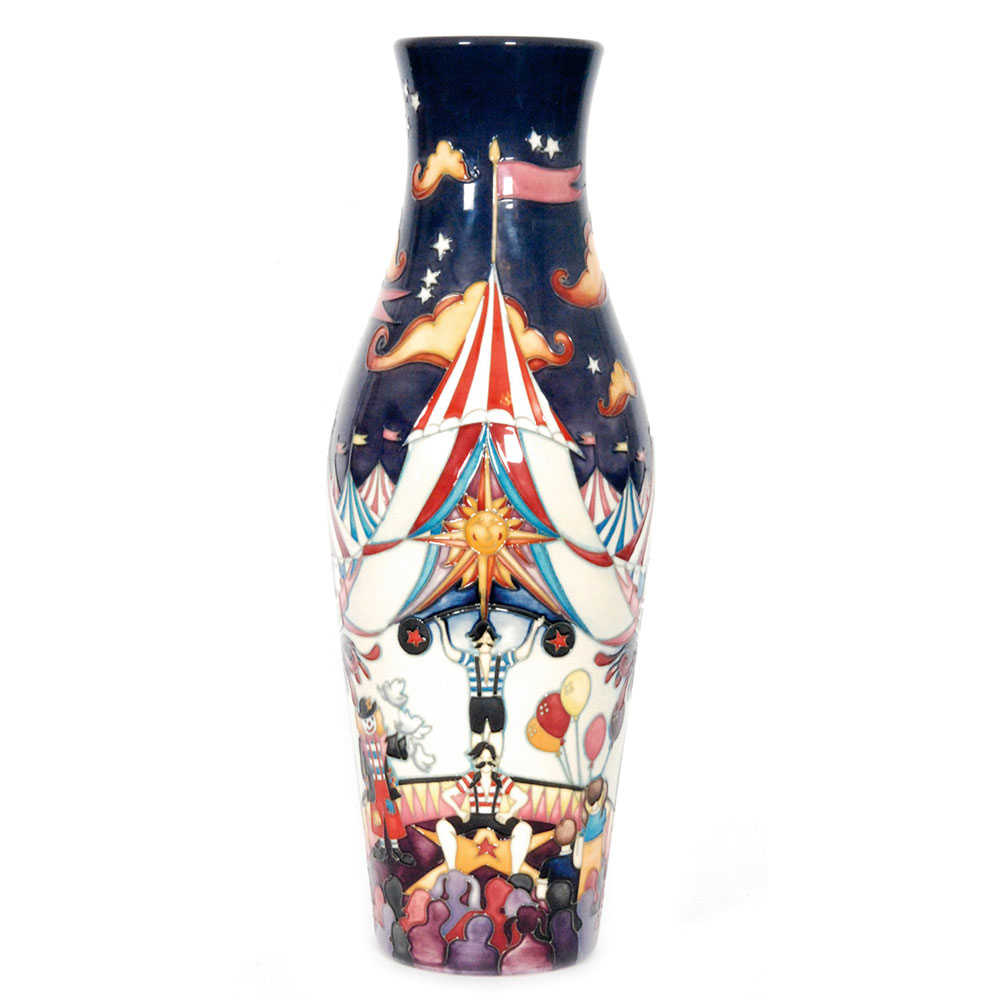
Moorcroft The Big Top
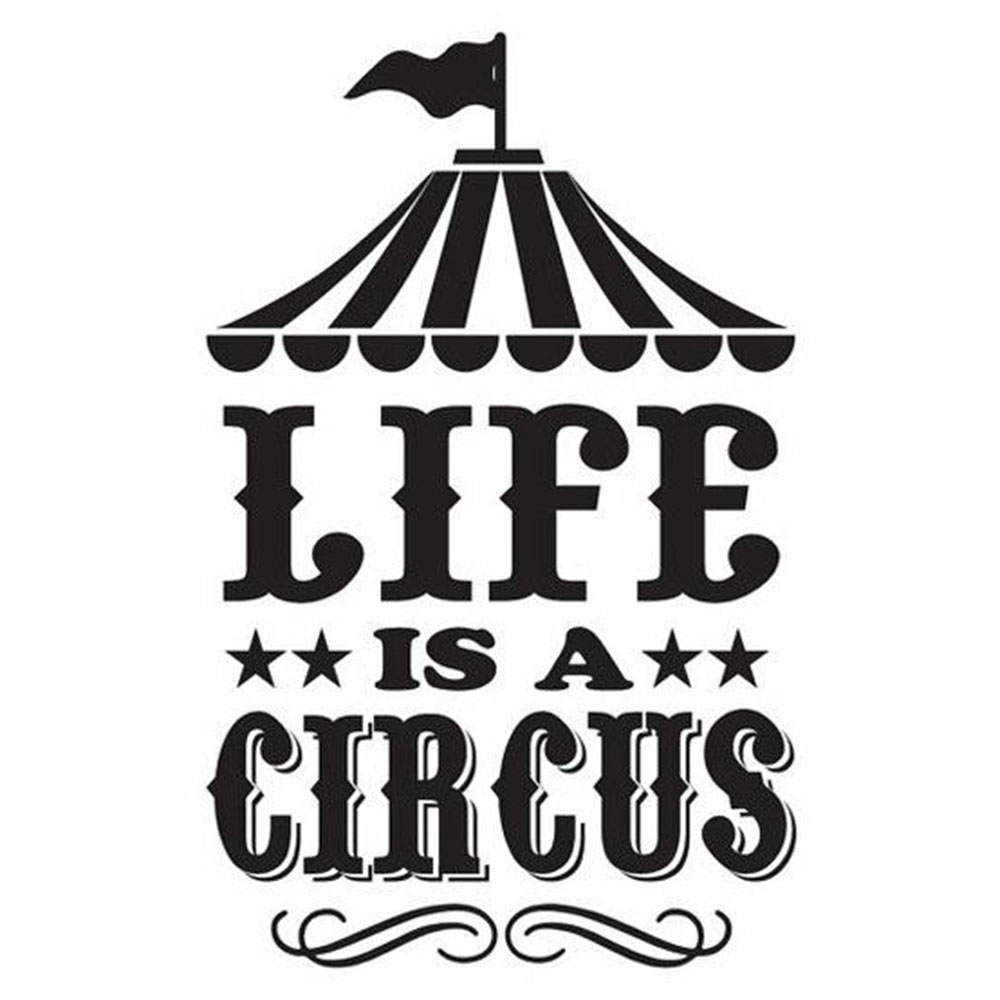
Life is a Circus

Circus Poster
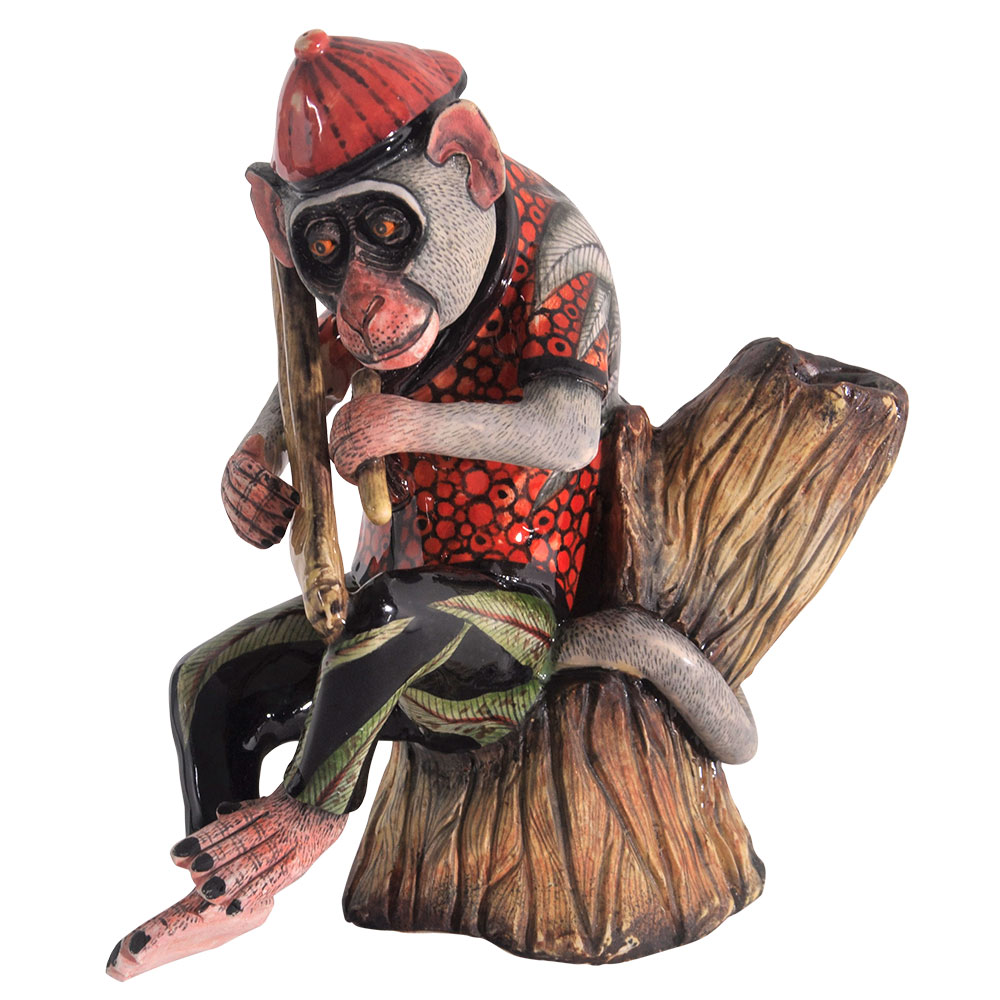
Ardmore Monkey by Abraham & Sbu
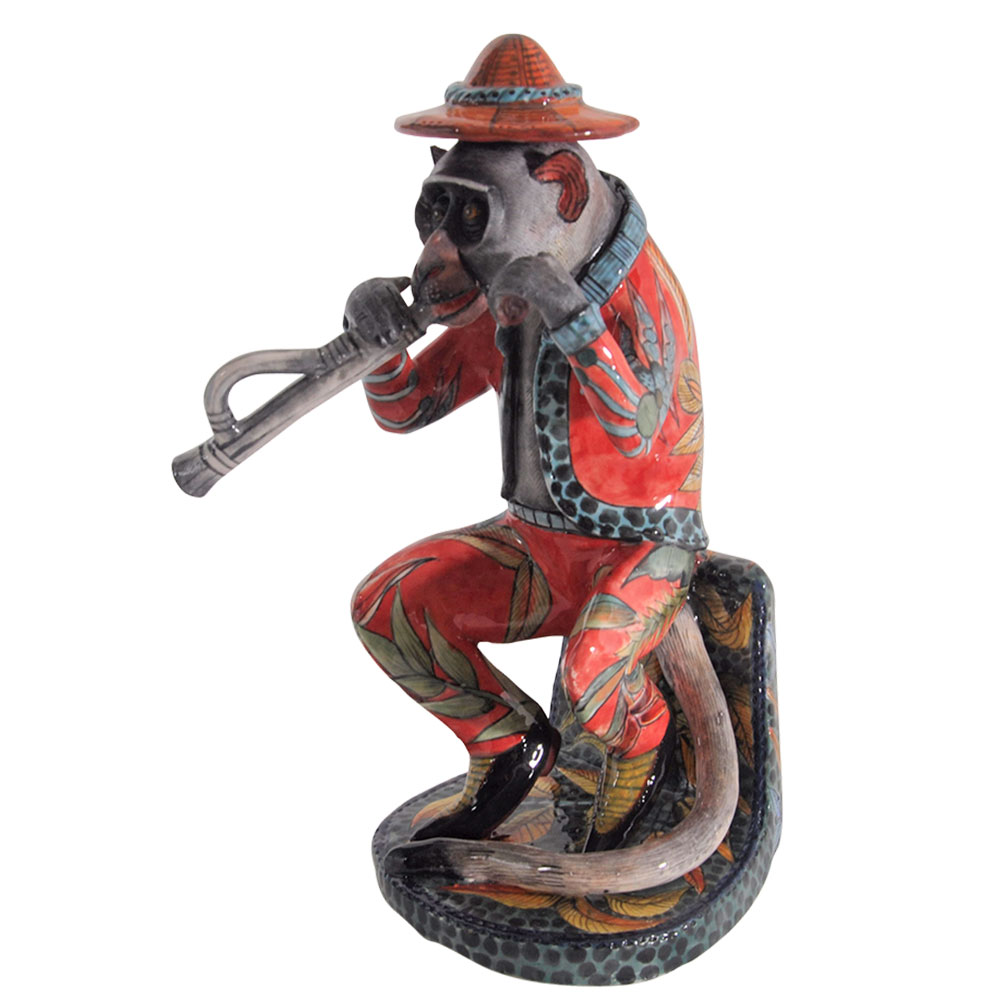
Ardmore Monkey by Abraham & Roux
